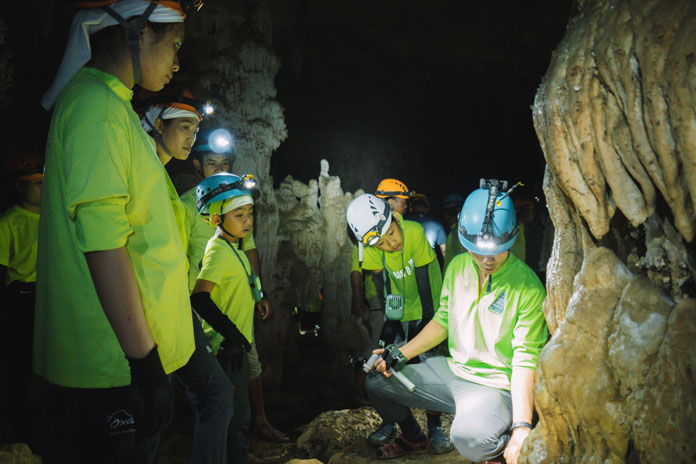Explore Hanoi: Vietnam’s Cultural Capital and Hidden Treasures
Have you ever wondered how a city over 1,000 years old can feel so young and full of energy? Hanoi, the capital of Vietnam, is just that—a place where ancient temples and pagodas coexist with modern cafes and bustling markets.
The city's streets are alive with the sounds of music, the aroma of street food, and the energy of its people. From practicing tai chi at dawn to sipping on the famous egg coffee, Hanoi offers a unique journey through time and culture.
Dive into our Hanoi travel guide to discover this city where history and modernity meet in the most unexpected ways.
How to Get to Hanoi: Best Transport Options (Flight, Train, Bus)
The fastest way to get to Hanoi is by plane, with Noi Bai International Airport serving domestic and international flights. From nearby cities (Ninh Binh, Ha Long, or Sapa), buses are convenient and a budget-friendly choice. Hanoi transport options also include trains from southern Vietnam and private cars, offering flexibility for different travel needs.
Below are the main transportation options to help you plan your journey:
Flights to Hanoi
With numerous international flights connecting Hanoi to major cities worldwide, it's easy to reach this fascinating city.
Several airlines, including Vietnam Airlines, Cathay Pacific, Singapore Airlines, and Thai Airways, offer direct flights to Hanoi.
Flight durations vary depending on your departure point, but typically range from a few hours to a full day.
Hanoi’s Noi Bai International Airport is 35 kilometers north of the city. The drive takes about 45 minutes along a highway.
Many hotels offer pick-up services at good prices. If not, you can take a taxi or Grab from the airport to the city center. Be sure to ask the driver to use the meter.
Noi Bai International Airport is the main gateway for international travelers coming to Hanoi.
Bus/ coach to Hanoi
Traveling by bus or coach is a convenient and affordable way to get from Ninh Binh, Phong Nha, Quang Ninh (Ha Long), Hai Phong, and other destinations to Hanoi.
Several reputable bus companies offer daily services, ensuring comfortable and safe journeys. The travel time varies depending on the starting point, with Ninh Binh being the closest (2.5 hours) and Phong Nha the farthest (8 hours).
Getting to Hanoi by train
Hanoi is well-connected by train to major cities across Vietnam. The main station, Hanoi Railway Station (Ga Hà Nội), is in the city center at 120 Lê Duẩn Street.
- From Ho Chi Minh City: The Reunification Express takes 32-35 hours.
- From Da Nang: A scenic 16-18 hour journey along the coast.
- From Lao Cai (Sapa): An overnight train takes 8-9 hours.
Trains offer soft seats, sleeper berths, and air-conditioning. To book tickets online, visit dsvn.vn – the official Vietnam Railways website. Booking early is recommended, especially during peak seasons!
Getting around the city
The orange 86 bus is one of the cheapest and best ways to travel to Hanoi from the airport to the Old Quarter.
From the airport, you can use the orange 86 bus to reach the Old Quarter.
Taxis and Grab (similar to Uber) are common and convenient for getting around the city. Grab is helpful for checking prices and routes.
For a more local experience, you can also use a cyclo, a three-wheeled bike taxi, to explore nearby attractions.
Hanoi’s traffic can be chaotic. It’s best to walk around the neighborhoods you want to explore. For longer distances, taxis or Grab are recommended.
Motorbiking is challenging for newcomers, but cycling around areas like West Lake can be pleasant.
Riding a cyclo in Hanoi is a unique way to explore the city’s bustling streets.
Where to Stay in Hanoi: Best Areas & Hotels for Every Budget
Hanoi, Vietnam offers a diverse range of accommodations to suit all tastes and budgets. Here are three popular areas with some hotel suggestions:
Hanoi Old Quarter Hotels: Best Stays for Culture & Convenience
The Old Quarter is a vibrant and historic district in Hanoi, offering a unique blend of traditional charm and modern amenities. This bustling area is a great choice for first-time visitors who want to immerse themselves in the local culture and explore the city's many attractions.
Here are some popular hotels in the Old Quarter:
- May de Ville Backpackers Hostel: One of the best hotels in Hanoi for solo travelers or those on a tight budget
- La Beaute Boutique Hotel & Spa: A mid-range hotel with comfortable rooms, a rooftop pool, and a central location
- Sofitel Legend Metropole Hanoi: A luxury hotel in Hanoi French Quarter with a rich history, offering elegant accommodations and world-class amenities
- La Siesta Hotel Hanoi: A boutique hotel with a colonial-style design, providing a peaceful oasis in the bustling city
Accommodation Near the French Quarter in Hanoi
The French Quarter is popular for travelers seeking a blend of history, culture, and upscale amenities. This charming neighborhood, known for its French colonial architecture and boutique shops, offers a relaxed atmosphere.
If you're wondering where to stay in Hanoi, the French Quarter has top-rated hotels, luxury stays, and boutique accommodations to suit every traveler.
- Conifer Boutique Hotel: This hotel offers comfortable rooms and a friendly atmosphere at a reasonable price
- Mercure Lager: For a mid-range option, Mercure Lager provides modern amenities and convenient location
- Sofitel Legend Metropole Hanoi: This iconic hotel is a historic landmark known for its luxurious accommodations and exceptional service
- Hilton Hanoi Opera: Enjoy world-class amenities and stunning views of the city at this upscale hotel
Stay Around West Lake
West Lake is a tranquil neighborhood nestled in the western part of the capital of Vietnam, offering a peaceful retreat for travelers seeking a blend of nature and city convenience. If you're looking for a serene stay, consider these highly-rated accommodations (from budget-friendly to luxury):
- The Autumn Homestay: This cozy homestay provides a comfortable and authentic Vietnamese experience, with friendly hosts and a peaceful atmosphere
- Moonlight Tay Ho: Enjoy stunning views of West Lake from this stylish hotel, offering modern amenities and excellent service
- L7 West Lake Hanoi By Lotte: For a luxurious stay, this upscale hotel boasts elegant rooms, a rooftop pool, and a spa
Choosing the right area depends on your personal preferences and travel style. If you're looking for a lively atmosphere and want to be in the heart of the action, the Old Quarter is a great choice. The French Quarter or West Lake might be a better fit if you prefer a more peaceful and upscale environment.
Top 10 Things to Do in Hanoi: Must-See Attractions & Hidden Gems
Hanoi offers a mix of history, culture, and local charm. From iconic landmarks to hidden gems, here are the top 10 things to do in Hanoi.
1. Uncover Hoàn Kiếm Lake and Ngọc Sơn Temple
Hoan Kiem Lake, or Emerald Lake, is a peaceful oasis in the heart of Hanoi.
Legend tells that Emperor Ly Thai To received a magical sword from a golden turtle in the lake to defeat the Ming dynasty. After his victory, he returned the sword to the turtle, which then returned it to the gods.
Today, Hoan Kiem Lake is a popular Hanoi attraction for locals and visitors alike. In the morning, you can see people practicing Tai Chi by the water.
On weekends, the lake area transforms with a lively, fair-like atmosphere due to the 7 pm to midnight traffic ban.
The Ngoc Son Temple, on a small island connected by the red Cau The Huc bridge, offers stunning views and adds to the lake’s charm.
Nearby, there are excellent restaurants and shopping options, making it a must-visit spot in Hanoi.
Hoàn Kiếm Lake is a peaceful spot and a favorite for both locals and tourists.
2. Visit Ho Chi Minh Mausoleum
The Ho Chi Minh Mausoleum in Hanoi is a significant site. It houses the embalmed body of Ho Chi Minh, the leader of Vietnam's revolution. Ho Chi Minh declared Vietnam's independence here in 1945.
The mausoleum's design is inspired by Lenin's Mausoleum in Moscow but features traditional Vietnamese architecture, including a sloping roof.
Built with grey granite on the outside and black, grey, and red polished stone inside, materials were sourced from across Vietnam. The mausoleum is surrounded by flora from various regions of the country.
Visitors must dress modestly with long sleeves, skirts, or pants. Photography is prohibited inside, and bags must be left at the entrance. Note that the mausoleum is closed to visitors on Mondays and Fridays.
Ho Chi Minh Mausoleum is a solemn site honoring Vietnam’s revered leader.
3. Discover Temple of Literature
Tucked behind ancient walls, the Temple of Literature in Hanoi is a serene retreat from the city's hustle.
Built in 1070 by Emperor Ly Thanh Tong to honor Confucius, this site is Vietnam's first university, known as Quốc Tử Giám.
The temple features five tranquil courtyards and is adorned with turtle statues, which are believed to bring good luck to students.
Walking through its manicured gardens or reflecting at the altars dedicated to Confucius offers a peaceful escape.
This historic landmark showcases stunning architecture and represents a significant part of Vietnam's educational heritage.
A visit here, which takes about an hour, provides a calming break from the busy city life.
The Temple of Literature is Vietnam’s first university and a symbol of ancient learning.
4. Wander Through Hanoi Old Quarter
Hanoi's Old Quarter is a lively area that covers one square kilometer in the Ba Dinh district. Known as “the 36 streets of Hanoi,” this historic neighborhood dates back to the 15th century.
Each street was once dedicated to a specific trade, like Silk Street for silk merchants and Bamboo Street for bamboo products. Established in the 15th century, the Old Quarter has retained its unique charm.
Motorbikes zip through, and locals in conical hats set up stalls along streets lined with French colonial buildings. Visit early in the morning to see the area bathed in soft light and watch locals prepare for the day.
For a deeper experience, join a walking food tour to taste local specialties and explore the lively streets. Don't miss the lively bia hơi corner at Ta Hien and Luong Ngoc Quyen for street food and drinks at night.
Strolling through Hanoi Old Quarter reveals vibrant markets and historic architecture.
5. Explore Thang Long Imperial Citadel
Built in the 11th century, the Imperial Citadel of Thang Long was Vietnam’s political heart for over 1,300 years until the capital moved to Hue in 1810.
This Hanoi attraction fell into disrepair over time, being used as a prison by the Japanese in 1945. The Citadel also houses military command bunkers from the American War, used by the legendary General Vo Nguyen Giap.
Today, you can explore this UNESCO World Heritage Site, which reopened to the public with newly excavated ruins and restored buildings.
Key highlights include the Kinh Thien Palace, the North Gate, and the Princess Pagoda. The Citadel is open daily except Mondays, offering a peaceful escape from Hanoi’s busy streets and a glimpse into Vietnam’s rich history.
Thang Long Imperial Citadel is a UNESCO site showcasing Vietnam’s rich heritage.
6. Attend a Performance at Hanoi Opera House
Built in 1911, the Hanoi Opera House is Vietnam's largest theater. This grand building, inspired by Paris's Palais Garnier, showcases classic European design.
With its Italian marble floors, French murals, and copper chandeliers, it reflects a blend of elegance and history. Located in Hanoi's French Quarter, its Gothic pillars and domes make it a standout landmark.
After a major renovation in 1997, the opera house now features modern facilities. It hosts top performers, art shows, and concerts.
On weekends, you’ll often see couples taking wedding photos on its stylish front steps. The opera house not only stands as a symbol of Hanoi's rich cultural heritage but also continues to influence the city's art scene.
Hanoi Opera House stands as an elegant symbol of French colonial architecture.
7. Relax by West Lake
West Lake, or Ho Tay, is the biggest lake in Hanoi, stretching 15 km around. It is surrounded by upscale neighborhoods and the Tay Ho district, known for its expatriate community.
One highlight is Tran Quoc Pagoda, Hanoi's oldest temple dating back to the 6th century. Originally located on the banks of the Red River, it was moved to an island in the lake in the 17th century due to river changes.
The lush greenery around the pagoda makes it a popular photo spot. Along the lake’s southern edge, you’ll find seafood restaurants, while the Xuan Dieu area to the east is filled with dining options, boutiques, and luxury hotels.
West Lake is the top tourist spot in Hanoi to unwind and explore, away from the city's hustle. Visitors can enjoy scenic bike rides around the lake or stop at lakeside cafes for a coffee or a cold beer.
West Lake offers scenic views and is surrounded by popular cafes and temples.
8. Enjoy a Show at Water Puppet Theater
When exploring the best activities for families in Hanoi, don’t miss the Water Puppet Show, a traditional art form dating back to the 11th century.
Originally, villagers used puppets on fishing rods to entertain themselves during floods in rice fields. Today, these shows are held in a modern theater with a water stage.
Puppeteers hide behind a bamboo screen and move the puppets over the water. The performances are lively and often depict legends like the Restored Sword of King Le and the giant tortoise.
The Thang Long Water Puppet Theater, located in Hanoi’s city center, is the most famous. It hosts up to 5 daily shows, each lasting about 50 minutes. Live music and enthusiastic singers add to the fun. As one of the top cultural experiences in Hanoi, this unique art form offers a glimpse into ancient traditions.
Enjoy a traditional performance at the Water Puppet Theater for a taste of local culture.
9. Visit St. Joseph's Cathedral
Saint Joseph's Cathedral, also called Hanoi Cathedral, is one of the most famous buildings in Hanoi. It was built in 1886 by the French and is the oldest church in the city.
The cathedral's design is inspired by the Notre-Dame Cathedral in Paris, with tall spires, stained glass windows, and a large clock in front. Its style is Neo-Gothic, which means it looks very old and grand.
Inside, the cathedral has Vietnamese decorations, with bright red and yellow colors. The church is a popular place for local Catholics and visitors.
Many couples also come here to take wedding photos. You can visit the church during mass times, which is at 6:15 pm on weekdays and several times on Sundays.
St. Joseph's Cathedral showcases beautiful French Gothic architecture in Hanoi.
10. Explore Hoa Lo Prison
Hoa Lo Prison, known as the "Hanoi Hilton" by American POWs, was a place of deep historical significance. Built by the French in 1896, it held Vietnamese revolutionaries fighting for independence.
The prison was overcrowded, with nearly 2000 inmates by the 1930s, far more than its intended capacity. Inside, you can see the French guillotine used for executions.
During the American War, captured pilots, including Senator John McCain, were held here. His flight suit and a photo of his rescue from Truc Bach Lake are displayed. Today, Hoa Lo stands as a reminder of the past struggles for freedom.
Exploring Hoa Lo Prison reveals stories from Vietnam's complex history.
Hanoi Food Guide: Iconic Dishes, Street Food & Cafés
Hanoi Street Food
Hanoi street food scene offers a mouthwatering adventure for all taste buds. Beyond the well-known pho bo, bun cha, and banh mi, the city’s food diversity shines through unique local dishes.
Must-try dishes in Hanoi include banh cuon, delicate steamed rice rolls filled with pork and mushrooms, served with fresh herbs and fish sauce.
For a bold choice, try bun oc, a comforting snail noodle soup with a tangy broth made from tomatoes and vinegar.
Don’t miss out on a hot-pot experience where you cook fresh meats and veggies in a bubbling broth. Barbecue lovers will relish the interactive experience of grilling at local stalls like 66 P Hang Bong.
For something distinctive, explore banh da tron, mixed flat rice noodles with savory toppings, or sample banh tom, crispy shrimp cakes from the West Lake area.
For a perfect end, try chè, a colorful dessert soup found at some of the best street food stalls in Hanoi. Head to spots like Xoi Che Ba Thin or Che 4 Mua in the lively Old Quarter.
Each dish offers a taste of Hanoi's rich culinary heritage and vibrant street food culture.
Iconic must-try dishes in Hanoi include phở, bún chả, and bún đậu,...
Hanoi’s Capital Café culture
Hanoi, Vietnam is famous for its vibrant coffee culture. Here, coffee isn’t just a drink; it’s a lifestyle. Local cafes are hidden gems in Hanoi’s narrow houses and old French buildings. They are often tucked away, making them a special find.
One must-visit spot is Cafe Giang, a historic coffee house that opened in 1946. Its entrance might seem unremarkable, but inside is a cozy, plant-filled space with low tables and chairs. The standout drink here is the egg coffee. This thick, creamy coffee with egg and condensed milk tastes rich and custard-like.
Another cool café in Hanoi for coffee lovers is Caphe Cong, a popular chain in Hanoi. Located on Ma May Street, this cafe has a vintage military theme. With its worn wooden furniture and retro decor, it’s a hit among locals. You can enjoy a variety of drinks, from rice frappes to traditional Vietnamese coffee, while relaxing on the balcony and watching the busy street below.
Hanoi’s capital café culture invites visitors to enjoy Vietnamese coffee with a view.
Vegetarian & Vegan Food in Hanoi
Tung’s Kitchen offers a cozy vibe in the Old Town. Enjoy vegetarian and vegan options in Hanoi like crispy fried lotus roots or stir-fried morning glory with garlic. Located at No.2 Hang Bong Str., it’s open from 10 AM to 10 PM.
Era Restaurant serves upscale vegan cuisine at No.48 Ma May Str. Try their vegetable BBQ or fresh spring rolls. They open from 10:30 AM to 11 PM.
Red Bean Ma May at No.94 Ma May Str. is perfect for a casual bite. Their vegetable tempura and braised tofu are local favorites. It’s open from 11:30 AM to 10 PM.
Hong Hoai’s Restaurant, found at No.20 Bat Dan str., offers comforting home-style dishes like stir-fried tofu with tomato sauce. Open from 10 AM to 10:30 PM.
Met Vietnamese Restaurant & Vegan at No.19 Hang Be str. serves generous portions of vegan banh xeo and spring rolls. They are open from 10 AM to 10:15 PM.
Many Hanoi restaurants offer delicious and creative vegetarian options.
Best Time to Visit Hanoi: Seasonal Guide for Travelers
The best time to visit Hanoi is from September to November or March to May, when the weather is pleasantly cool and dry. But each Hanoi weather by season offers distinct experiences for travelers.
- Spring (February to April): What to expect in Hanoi during spring is mild, pleasant weather with temperatures averaging 18-25°C (64-77°F). Light drizzles are common, casting a misty charm over the city. This season is perfect for outdoor activities like wandering around Hoan Kiem Lake or joining the vibrant Tet Festival in February, if your trip coincides with it.
- Summer (May to August): Summer is hot and humid, with temperatures often exceeding 35°C (95°F) and frequent heavy rain. While indoor attractions like museums thrive, outdoor sightseeing can be challenging—bring an umbrella and stay hydrated if you explore markets or temples.
- Fall (September to November): Fall activities in Hanoi are delightful with cool temperatures (20-28°C or 68-82°F) and clear skies, ideal for exploring the Old Quarter or sampling street food. The Mid-Autumn Festival in September brings a vibrant touch with lanterns and mooncakes.
- Winter (December to January): Winter is chilly and foggy, with temperatures dropping to 10-18°C (50-64°F). It’s a cozy time for sipping hot pho indoors, though outdoor activities may feel less appealing due to the damp, gray atmosphere.
Tips for Western Tourists in Hanoi
- Remove your shoes before entering homes and temples
- Dress in clothes that cover your shoulders and knees when visiting religious sites
- Avoid touching people's heads, especially children, as it is considered impolite
- Use both hands when giving or receiving items, including money and gifts, to show respect
- Bargaining is common in markets, but always approach it with a friendly demeanor
- Public displays of affection, like kissing and hugging, are generally discouraged; keep these gestures private
- Be prepared for chaotic traffic and slower service; patience and calmness are key tips for tourists in Hanoi
- Tipping is not required but is appreciated. It’s courteous to round up your bill or leave a small tip at restaurants and hotels
Shopping in Hanoi
At the city's heart, Dong Xuan Market and the Old Quarter Night Market are the best places to shop in Hanoi for souvenirs and sample street food. These Hanoi markets are perfect for exploring local culture and picking up unique gifts.
For handcrafted items, silk products and Dong Ho paintings are popular souvenirs to buy in Hanoi that showcase Vietnam’s rich heritage.
If you prefer a more modern shopping experience, visit Lotte Center and Vincom Mega Mall. These malls offer a variety of international brands and dining options.
Antique lovers should not miss the Old Quarter’s antique shops, where rare and unique local handicrafts in Hanoi await. Discover the best Vietnam souvenirs and enjoy shopping in Hanoi!
The Hanoi night market, alive every weekend from 7 PM to midnight in the Old Quarter, is perfect for grabbing crafts and souvenirs. For a special treat, hit the Quang Ba Flower Market at night in Tay Ho, where fresh blooms glow under soft lights from midnight to dawn. Bargain for flowers, bring cash, and enjoy Hanoi’s vibrant night vibe.
Shopping in Hanoi for Vietnamese souvenirs is perfect for finding unique gifts.
Day Trips from Hanoi
Hanoi is a great place to start your Vietnam adventure. But there's so much more to see just a short trip away! Here are a few ideas for day trips:
- Halong Bay: This UNESCO World Heritage Site is famous for its thousands of limestone islands and caves. You can take a boat trip to explore the bay and enjoy stunning views
- Ninh Binh: Known as the "Halong Bay on Land," Ninh Binh is home to beautiful rice paddies, caves, and pagodas. You can visit Trang An, Tam Coc, and Bai Dinh Pagoda
- Bat Trang Pottery Village: Learn how to make your own pottery or just browse the many shops selling beautiful ceramics. This village has a long history of pottery making
- Co Loa: Visit the ancient capital of the Au Lac Kingdom. You can explore the earthen ramparts and learn about Vietnamese history
- Duong Lam Ancient Village: Step back in time and explore this well-preserved ancient village. You can visit traditional houses and learn about rural Vietnamese life
Duong Lam Ancient Village offers a glimpse into traditional Vietnamese village life.
Hanoi Travel Itinerary: How to Spend 3-5 Days in Vietnam’s Capital
Discover the best way to explore Hanoi with this detailed itinerary. From historic landmarks to vibrant street life, here’s how to make the most of your 3-5 days in Vietnam’s capital.
Day 1: Historical Landmarks & Cultural Immersion
- Morning: Hoan Kiem Lake, Ngoc Son Temple.
- Afternoon: Wander Old Quarter streets, try egg coffee.
- Evening: Water Puppet Show, Dinner.
Day 2: Historical Landmarks & Cultural Immersion
- Morning: Ho Chi Minh Mausoleum, Presidential Palace.
- Afternoon: Temple of Literature, Vietnam Museum of Ethnology.
- Evening: Street food tour.
Day 3: Local Life & Hidden Gems
- West Lake cycling, ceramic village (Bat Trang), café hopping.
- Evening: Train Street, rooftop bars.
Day 4: Trip to Ninh Binh
- Morning: Travel from Hanoi to Ninh Binh (2-hour drive), explore Hoa Lu Ancient Capital. Visit Bai Dinh Pagoda or cycle through the peaceful countryside.
- Afternoon: Boat tour in Trang An or Tam Coc, hike Mua Cave.
- Evening: Enjoy local specialties like goat meat, stay in a countryside homestay.
Day 5: Halong Bay (Scenic Cruise Experience)
- Morning: Transfer to Halong Bay (2.5-hour drive), board an overnight cruise.
- Afternoon: Explore limestone caves, kayak, swim, or visit floating villages.
- Evening: Sunset on deck, seafood dinner, and squid fishing.
Whether you prefer long treks, camping in a cave, sleeping under the stars in the jungle, swimming underground in river caves, explore the huge dry caves or just taking an exploratory day trip, Oxalis Adventure Tours can provide the right amount of adventure just for you.



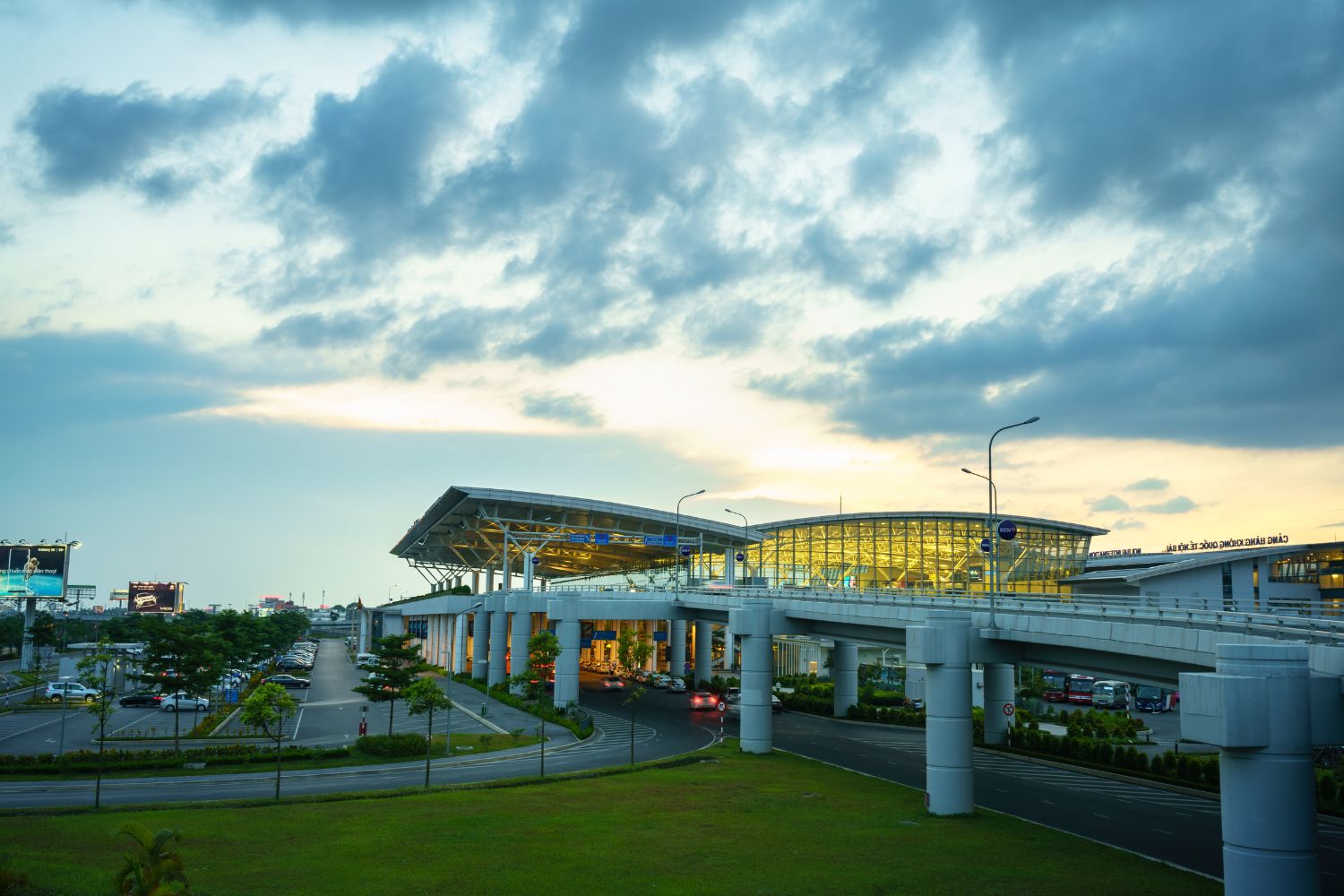
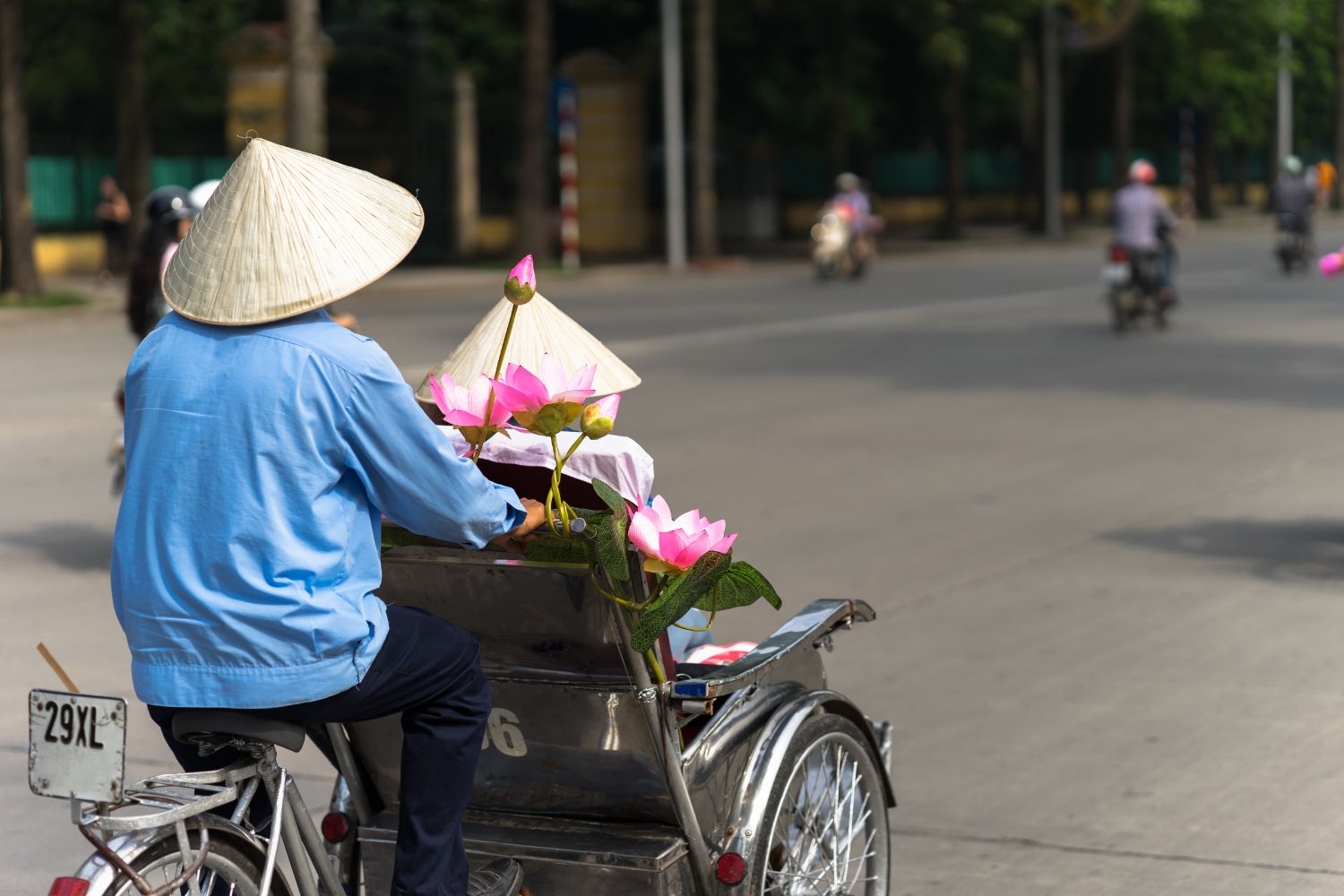
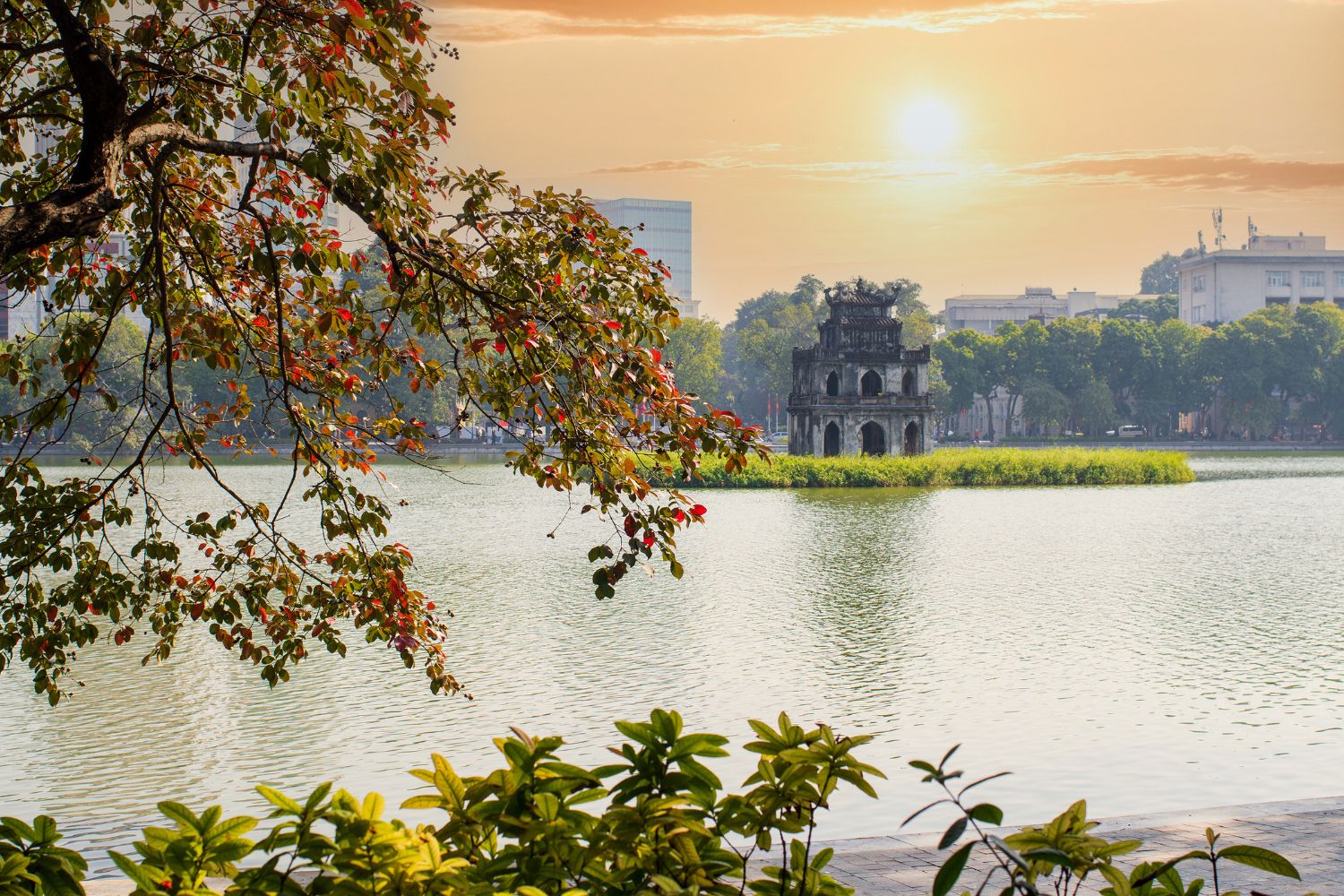
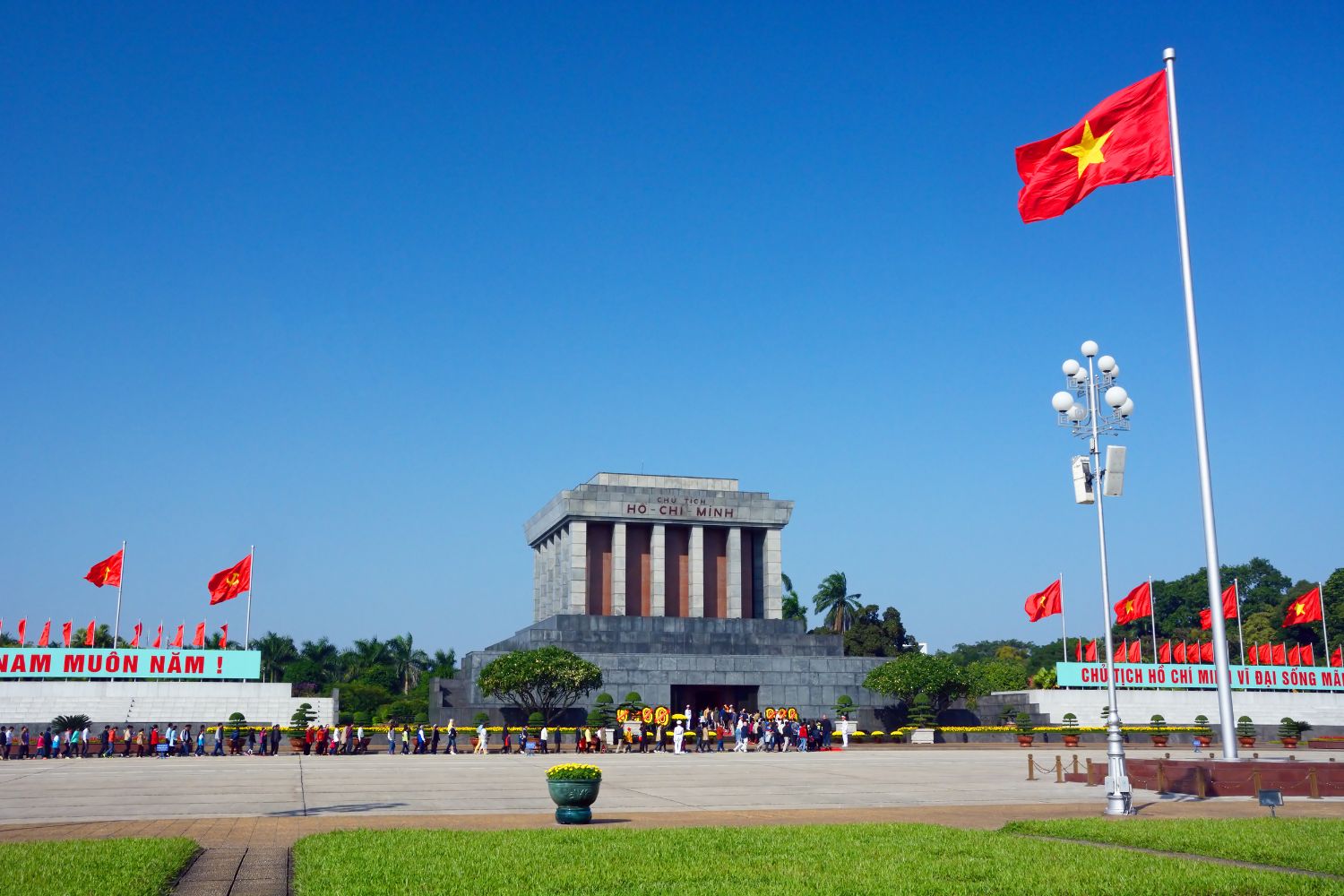
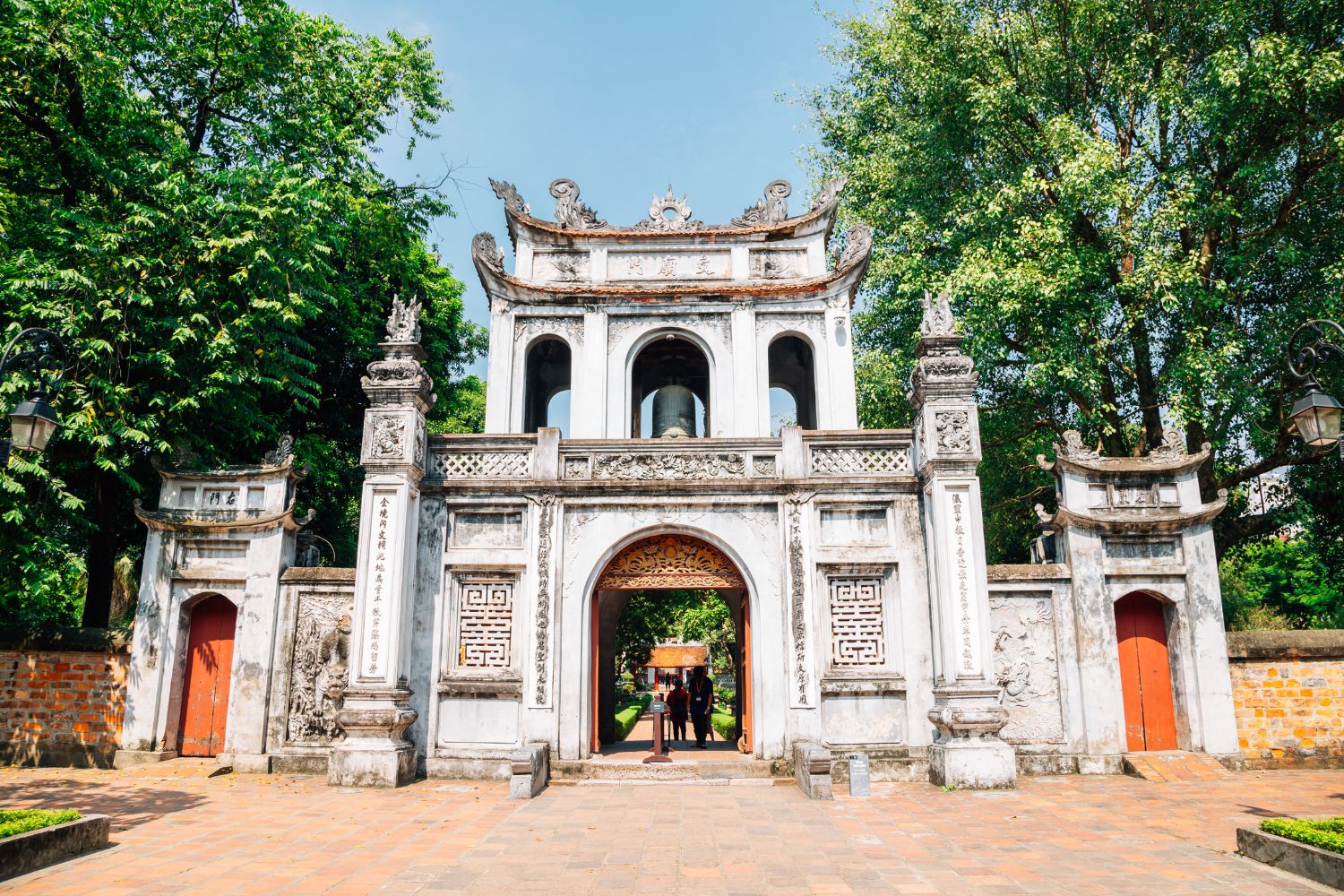

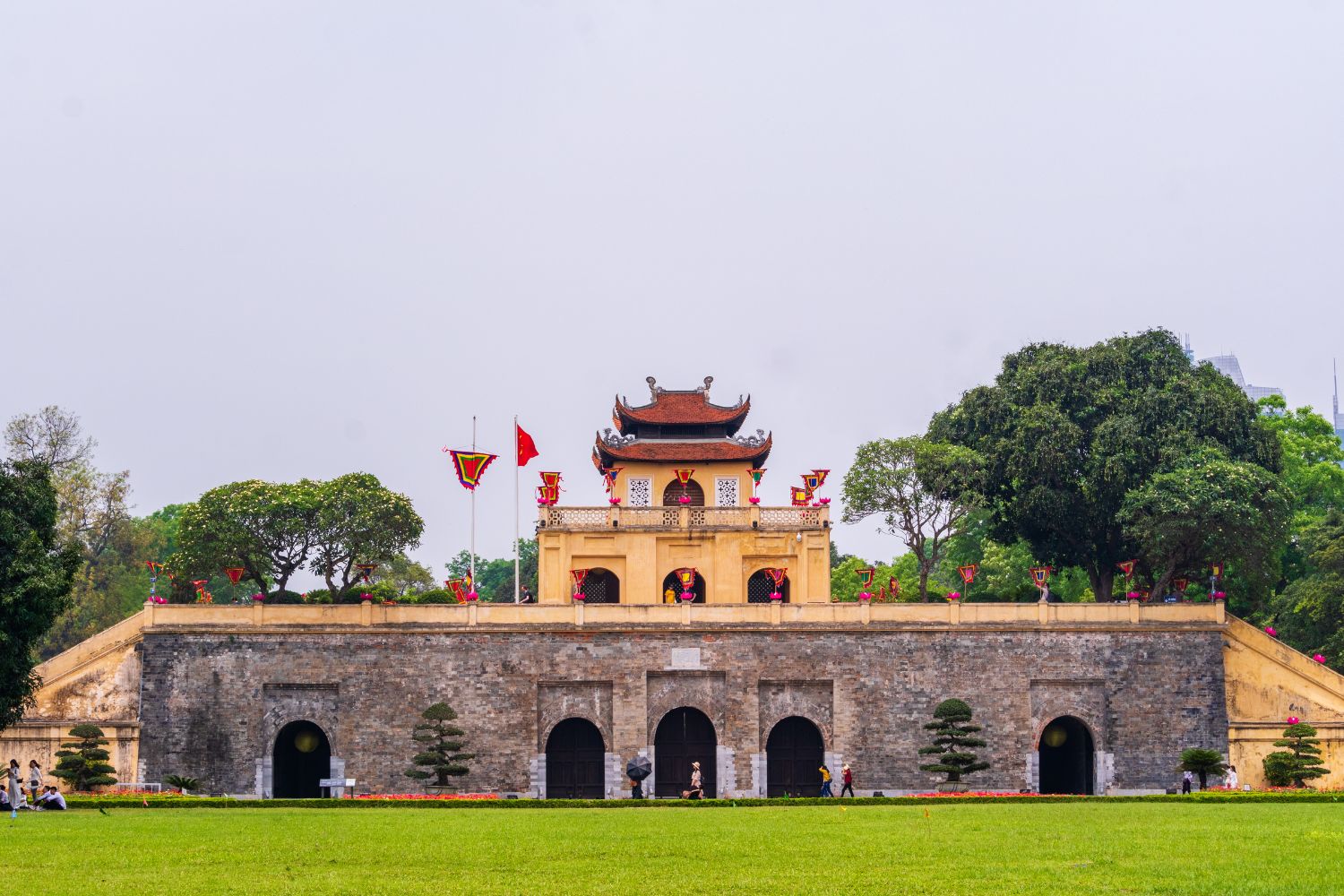
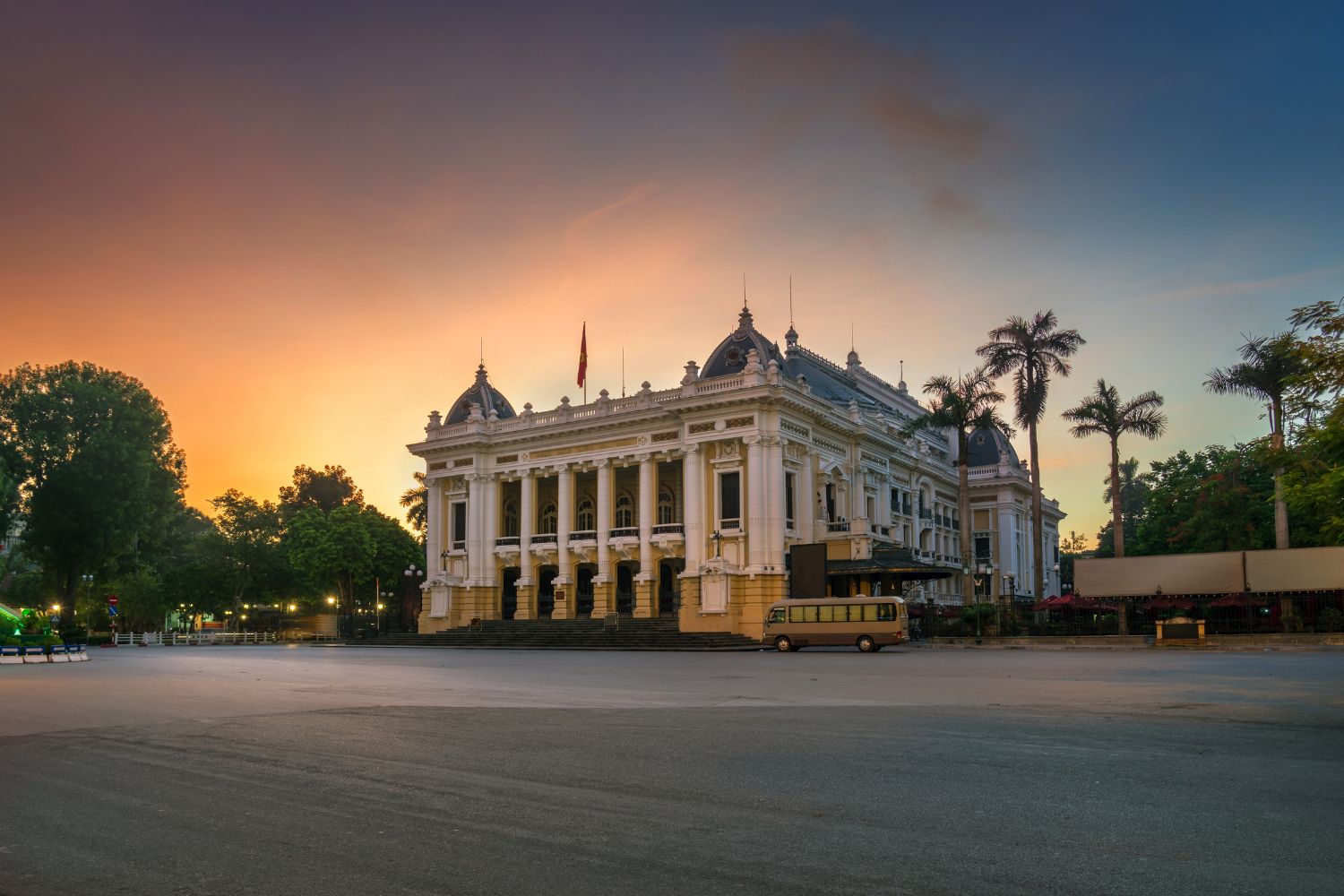
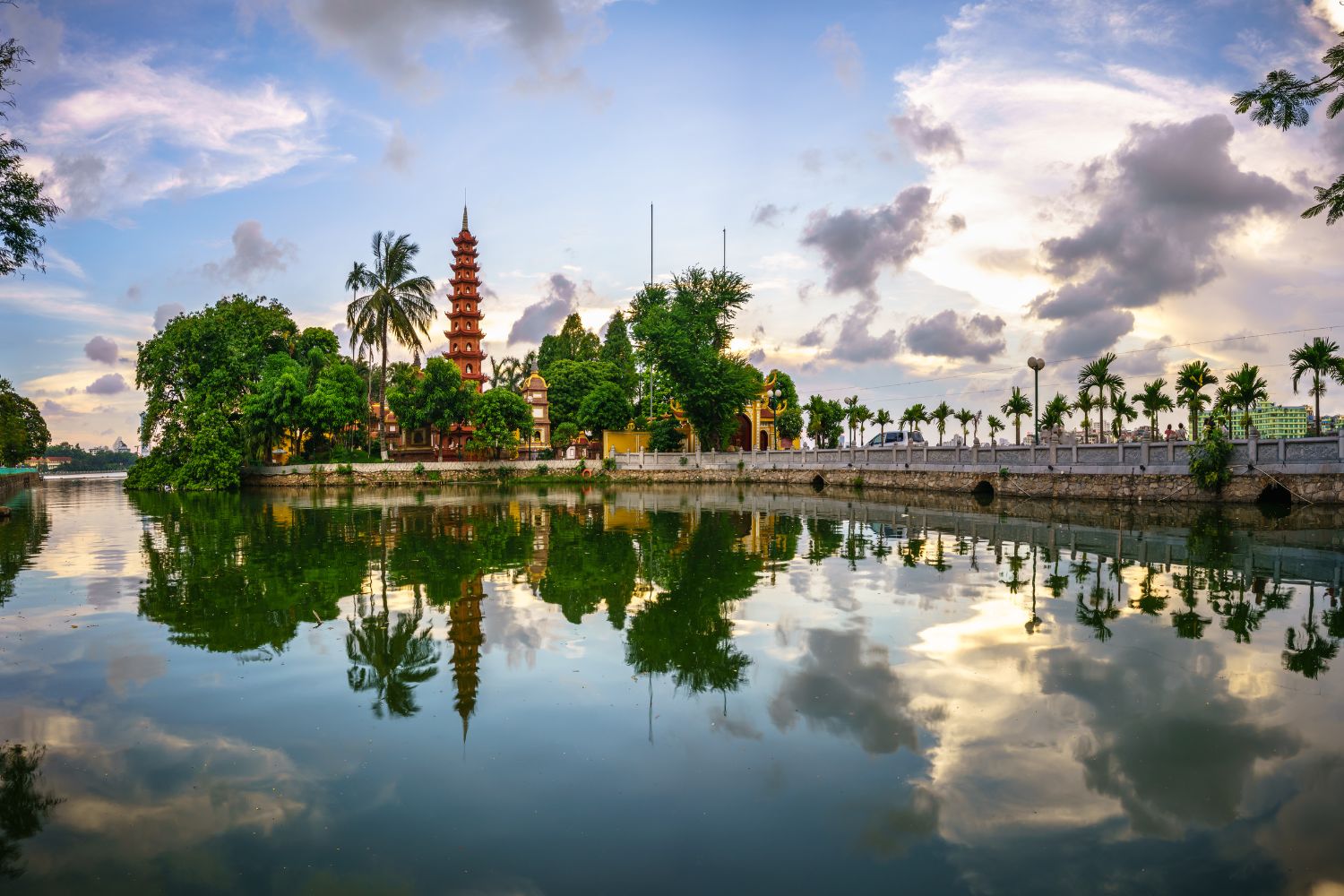
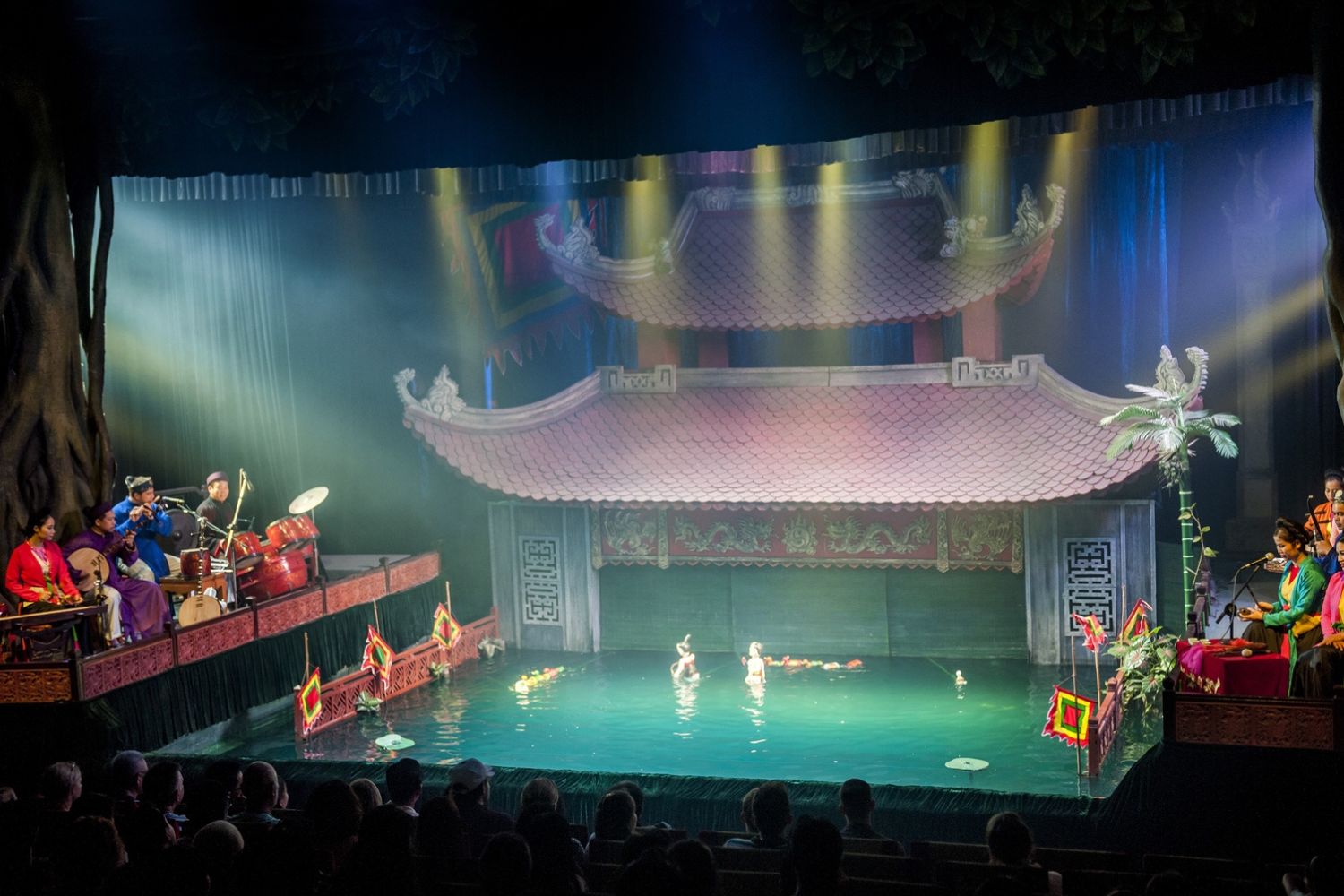
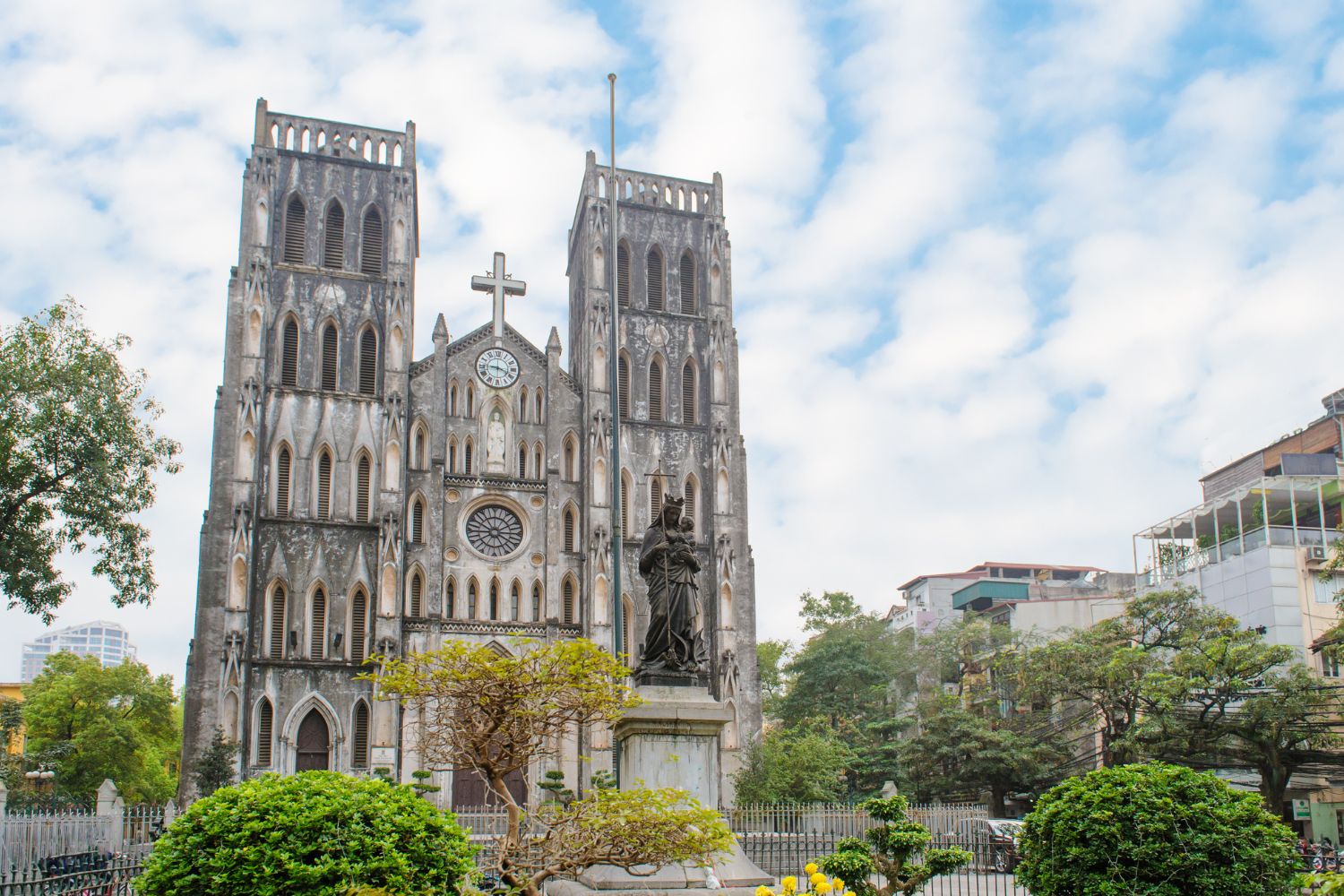
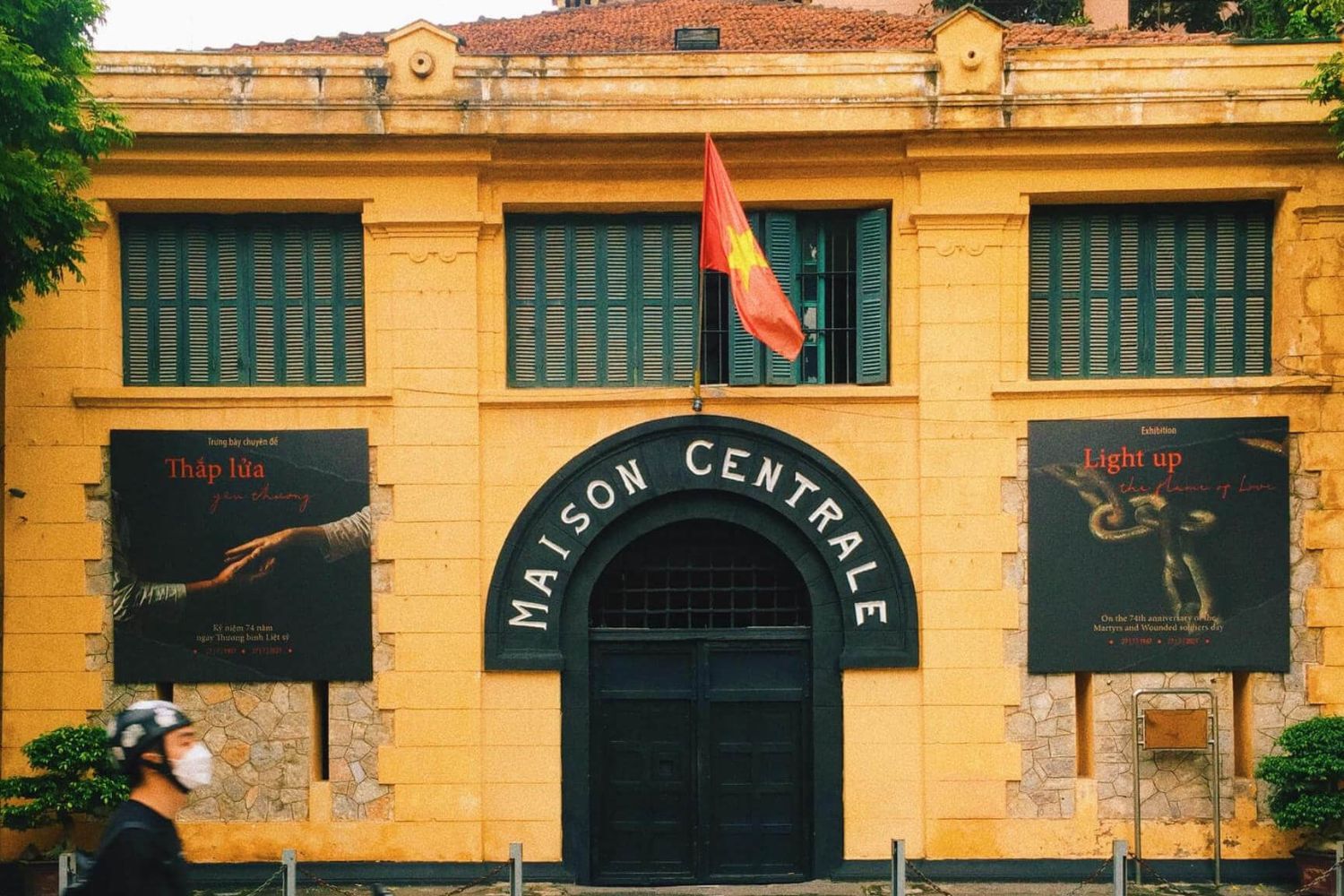
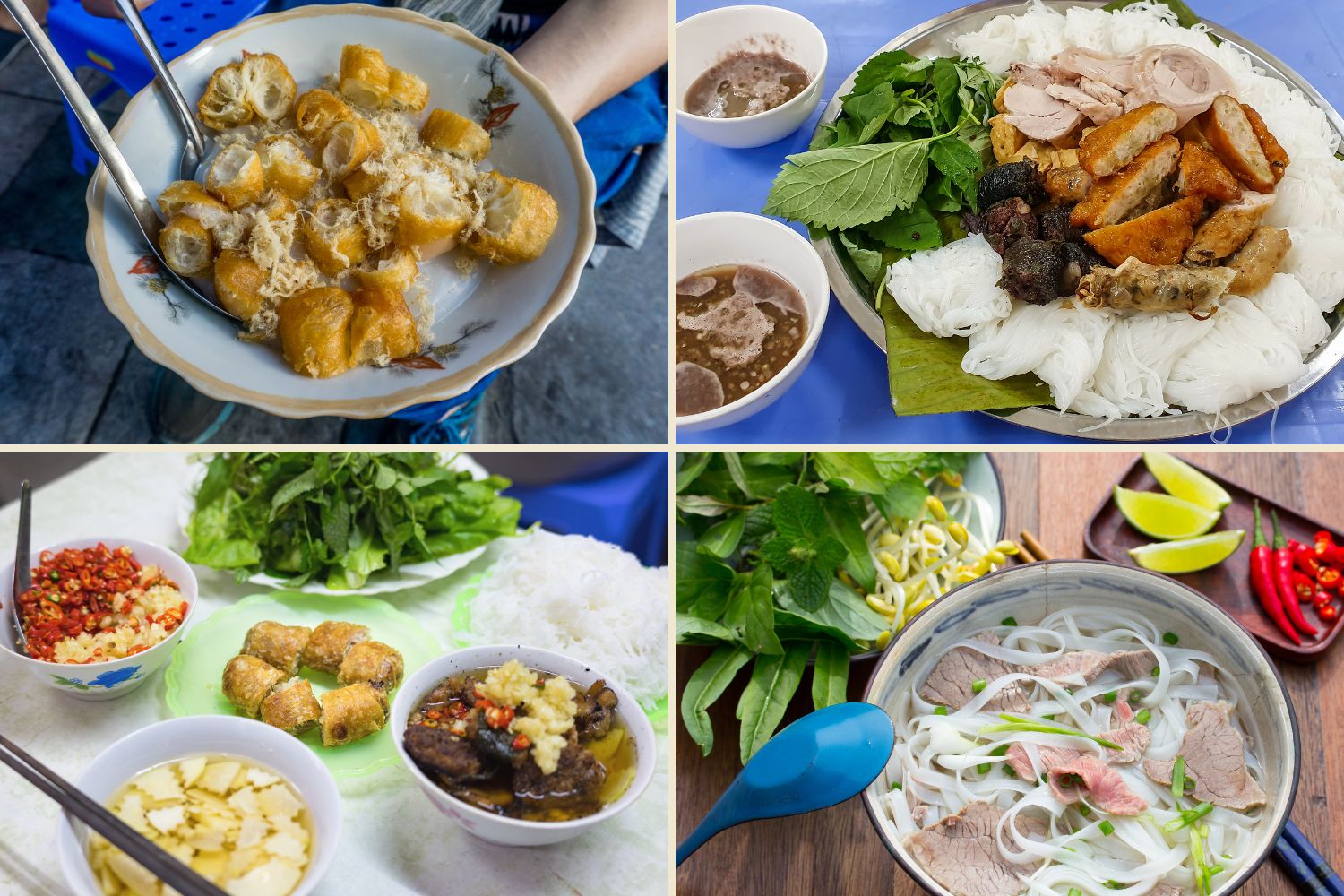
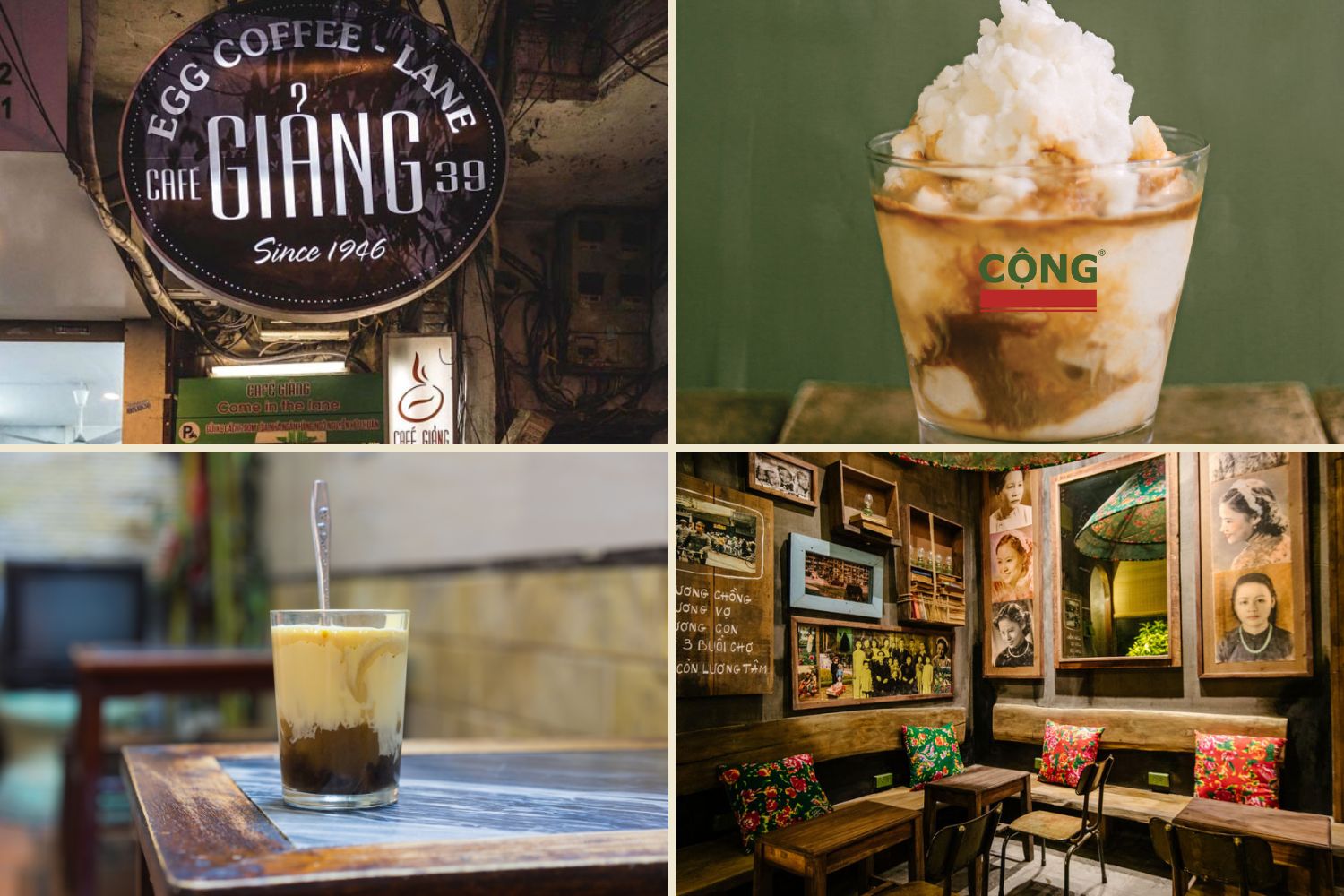
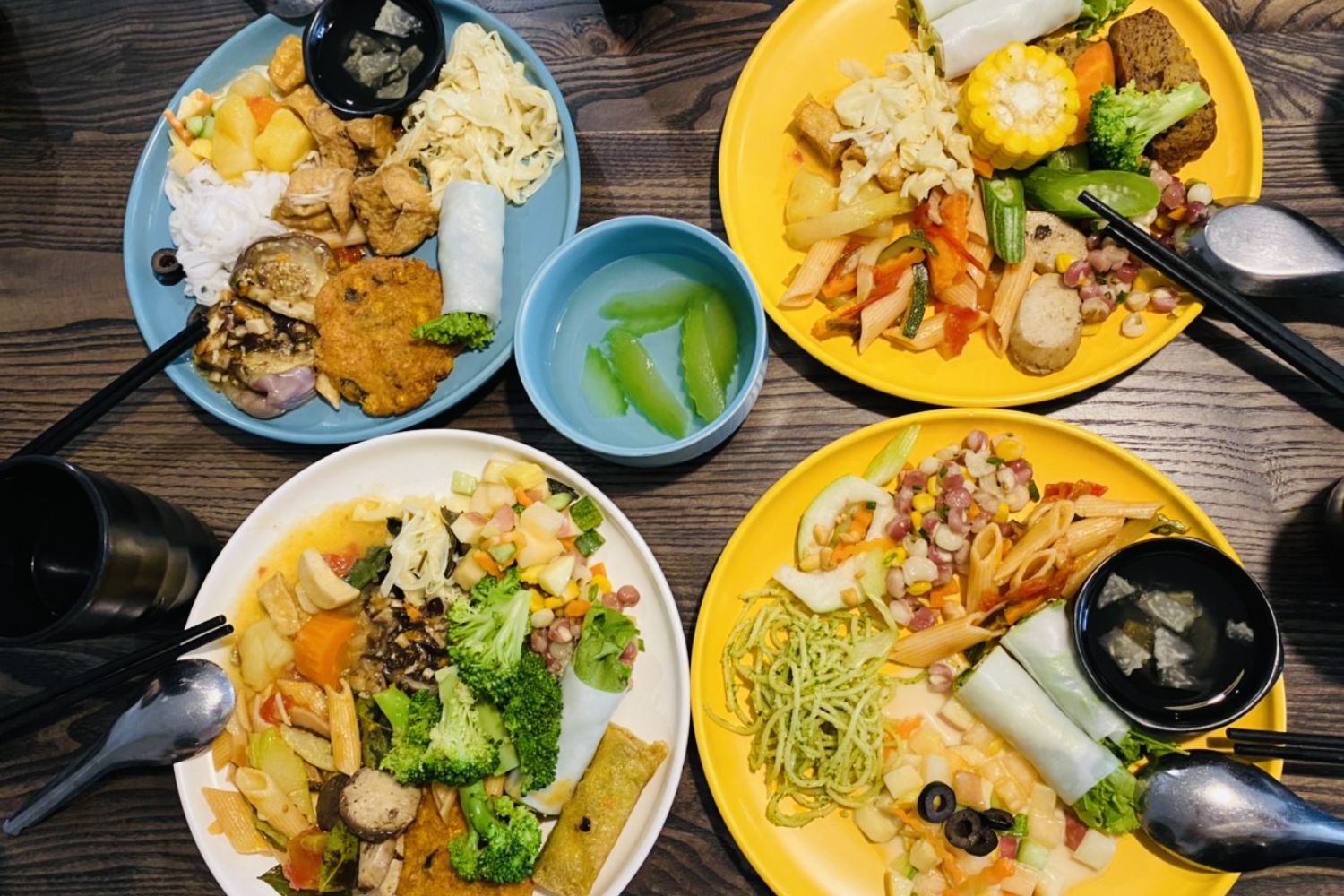
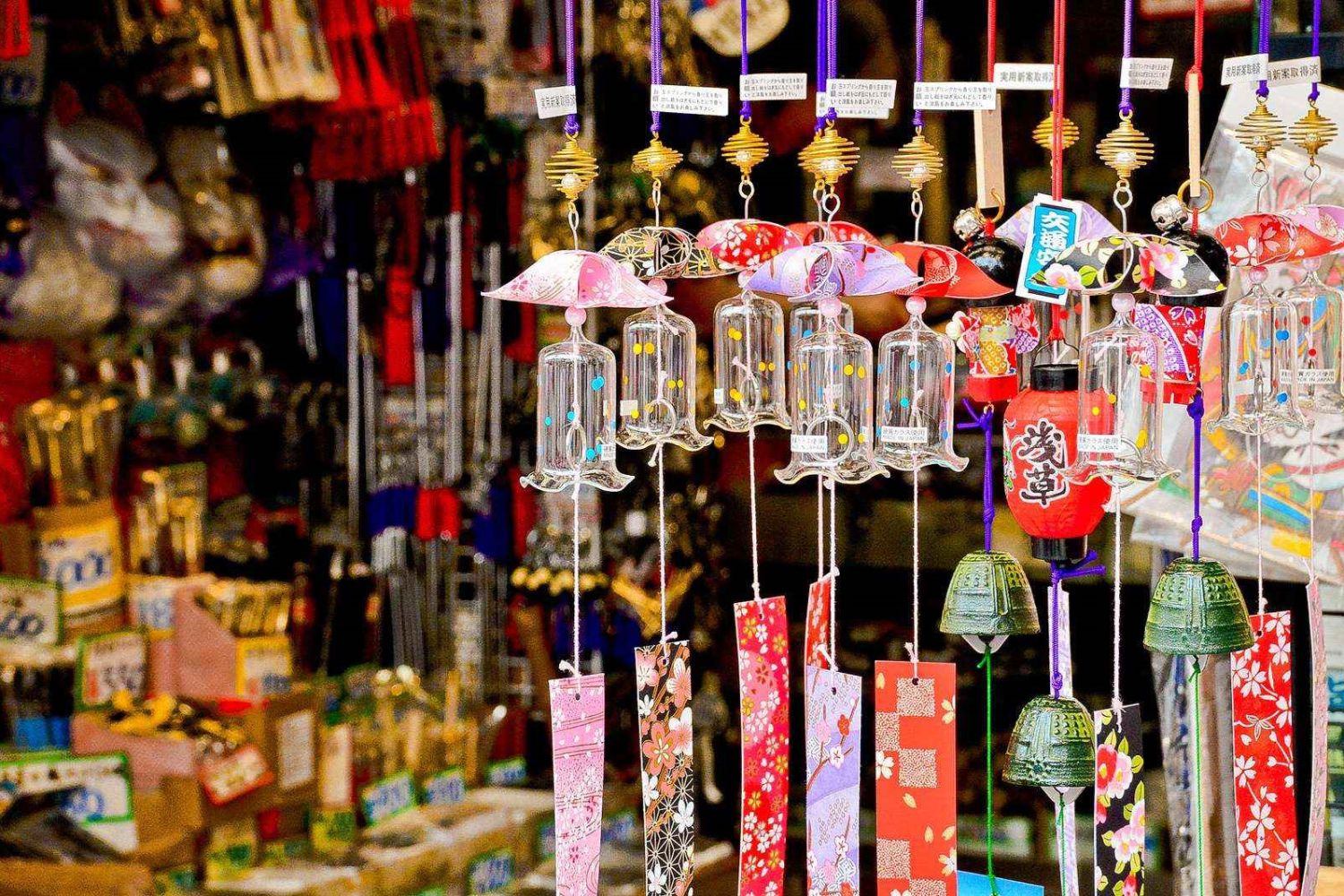
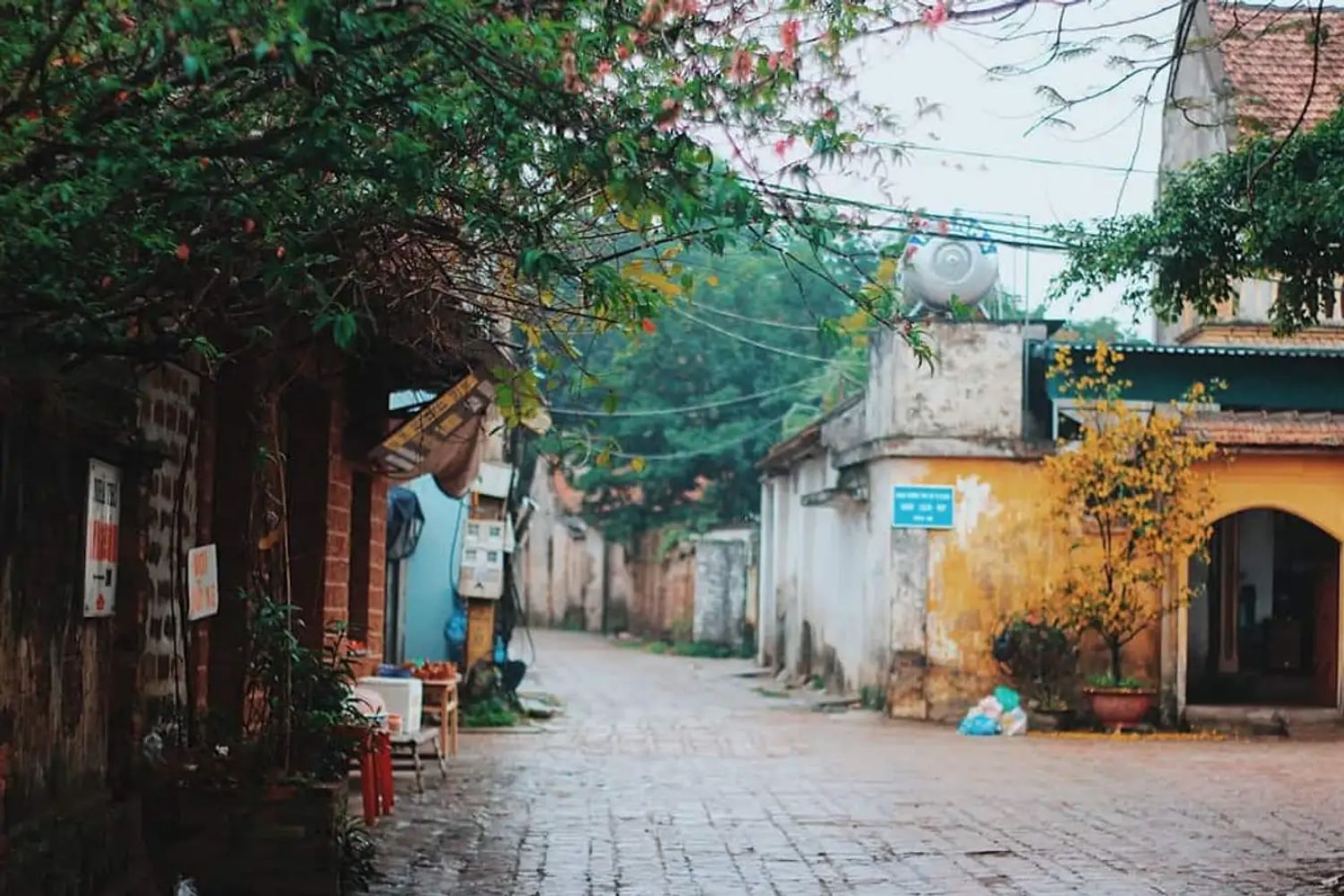
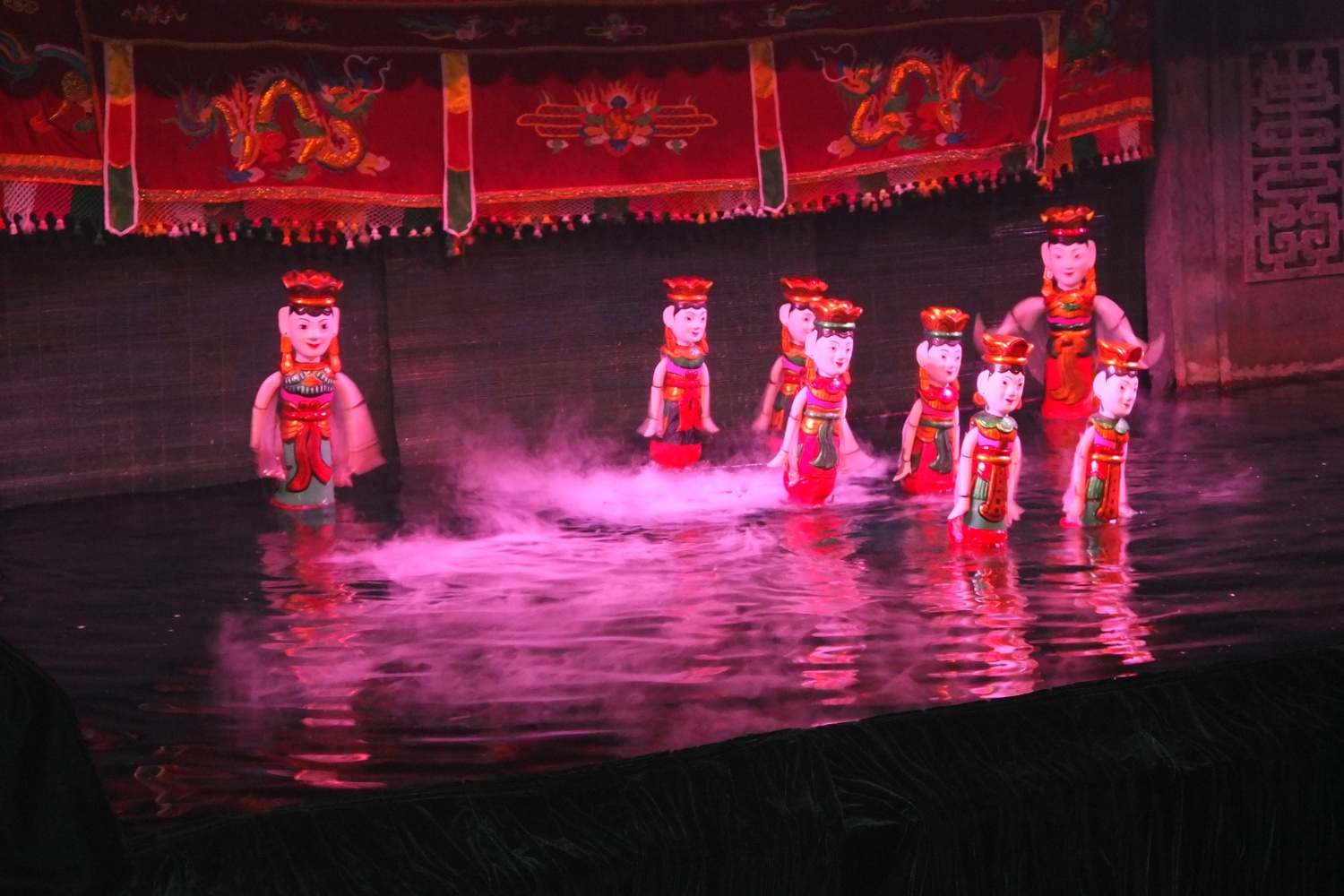
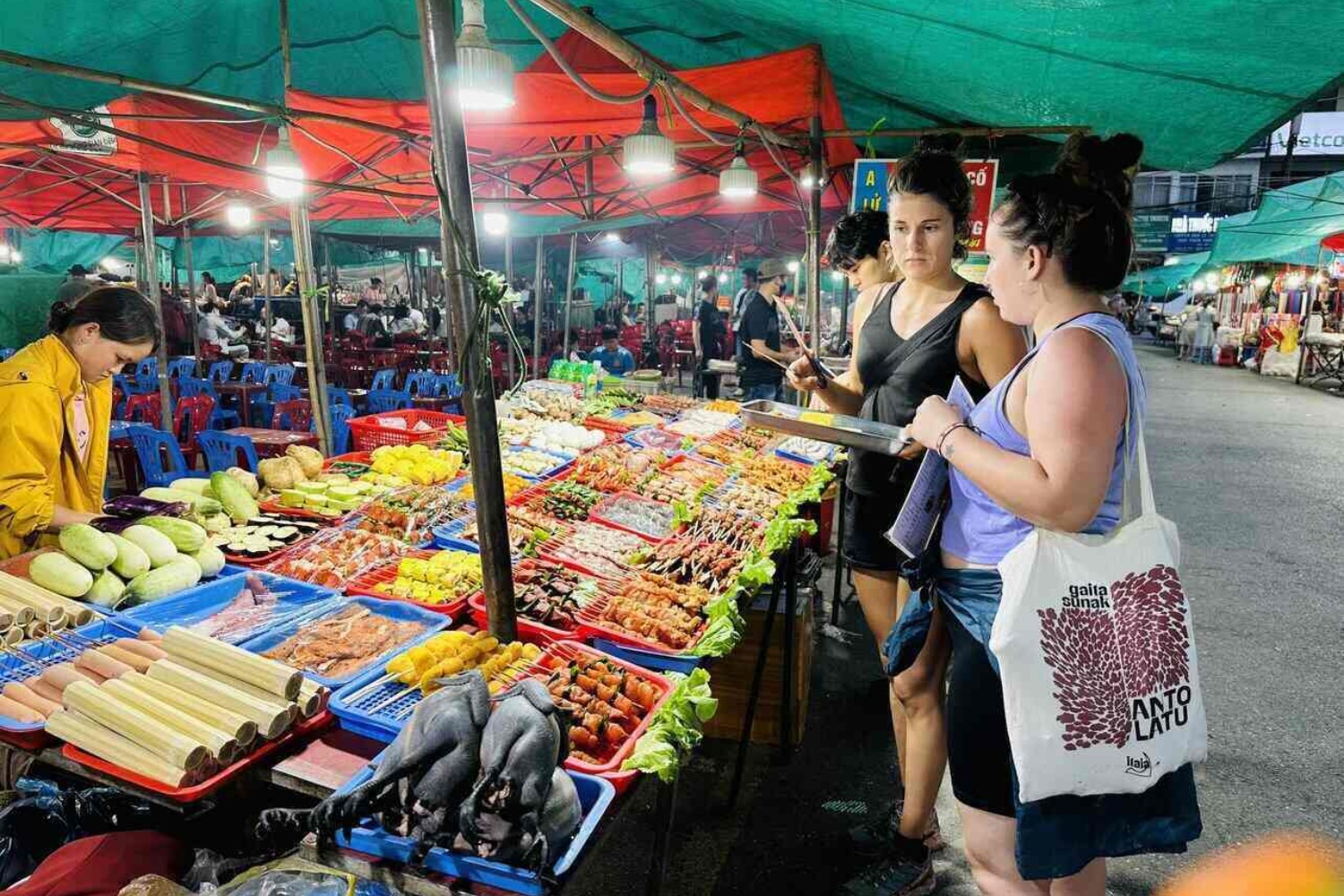
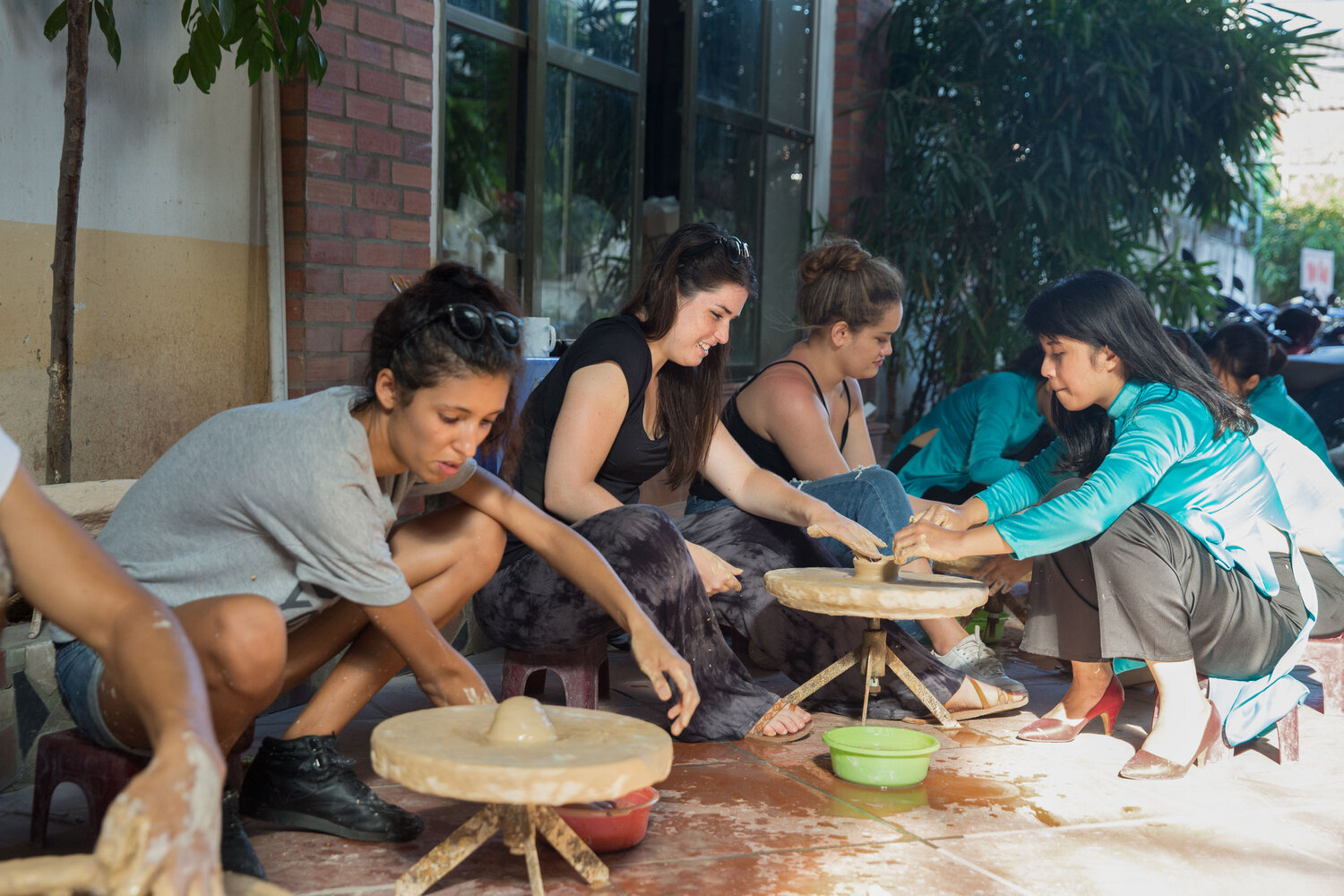
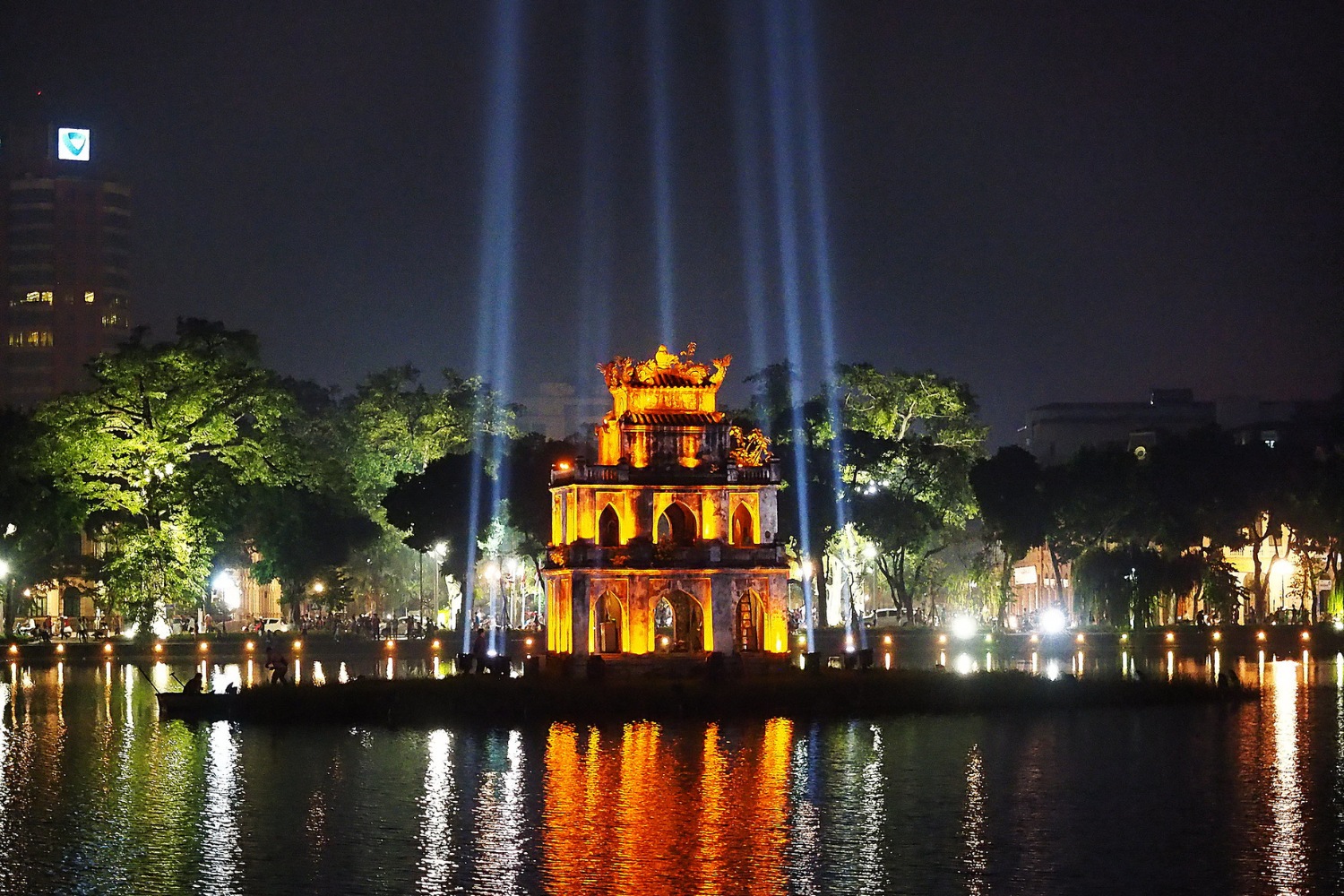
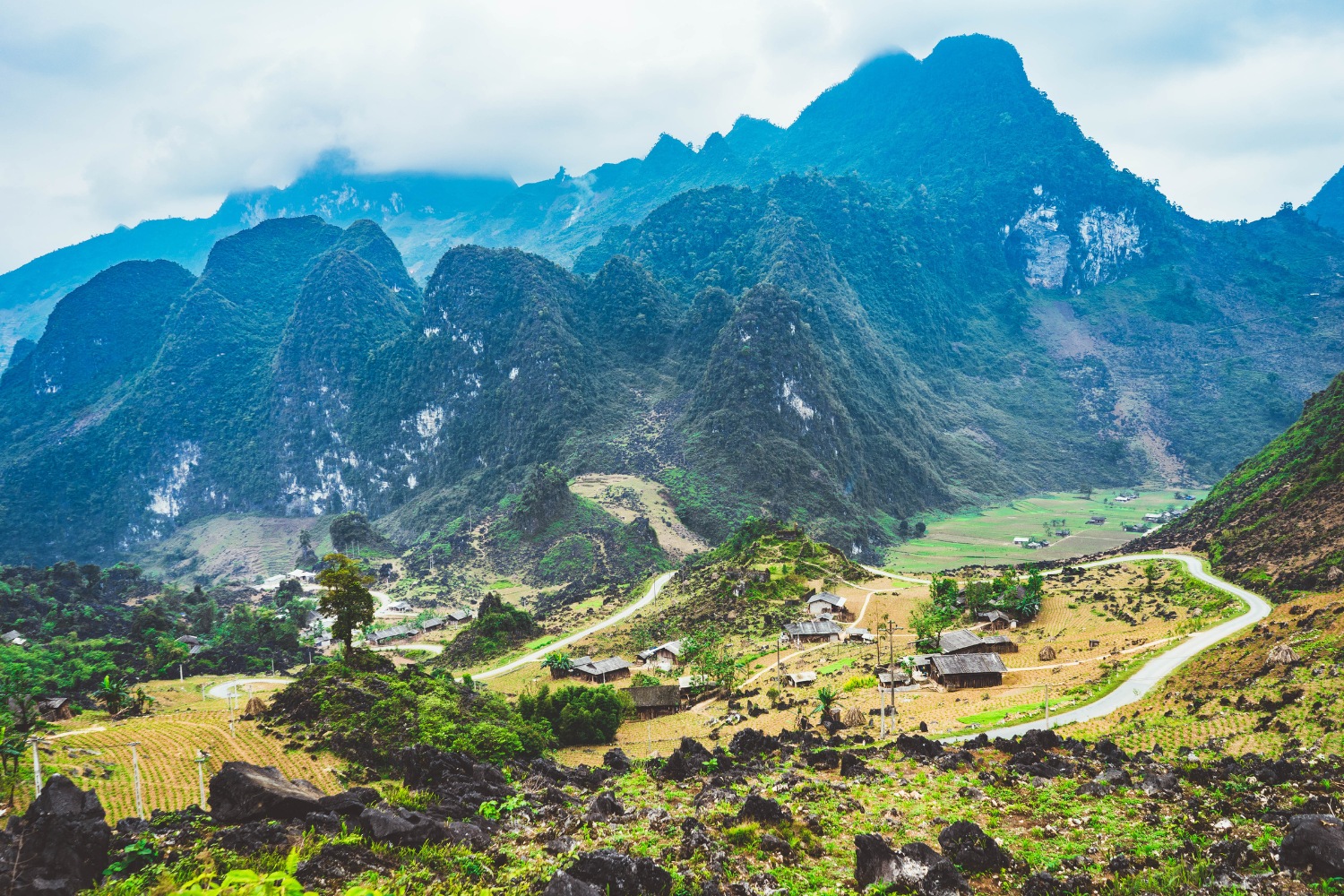
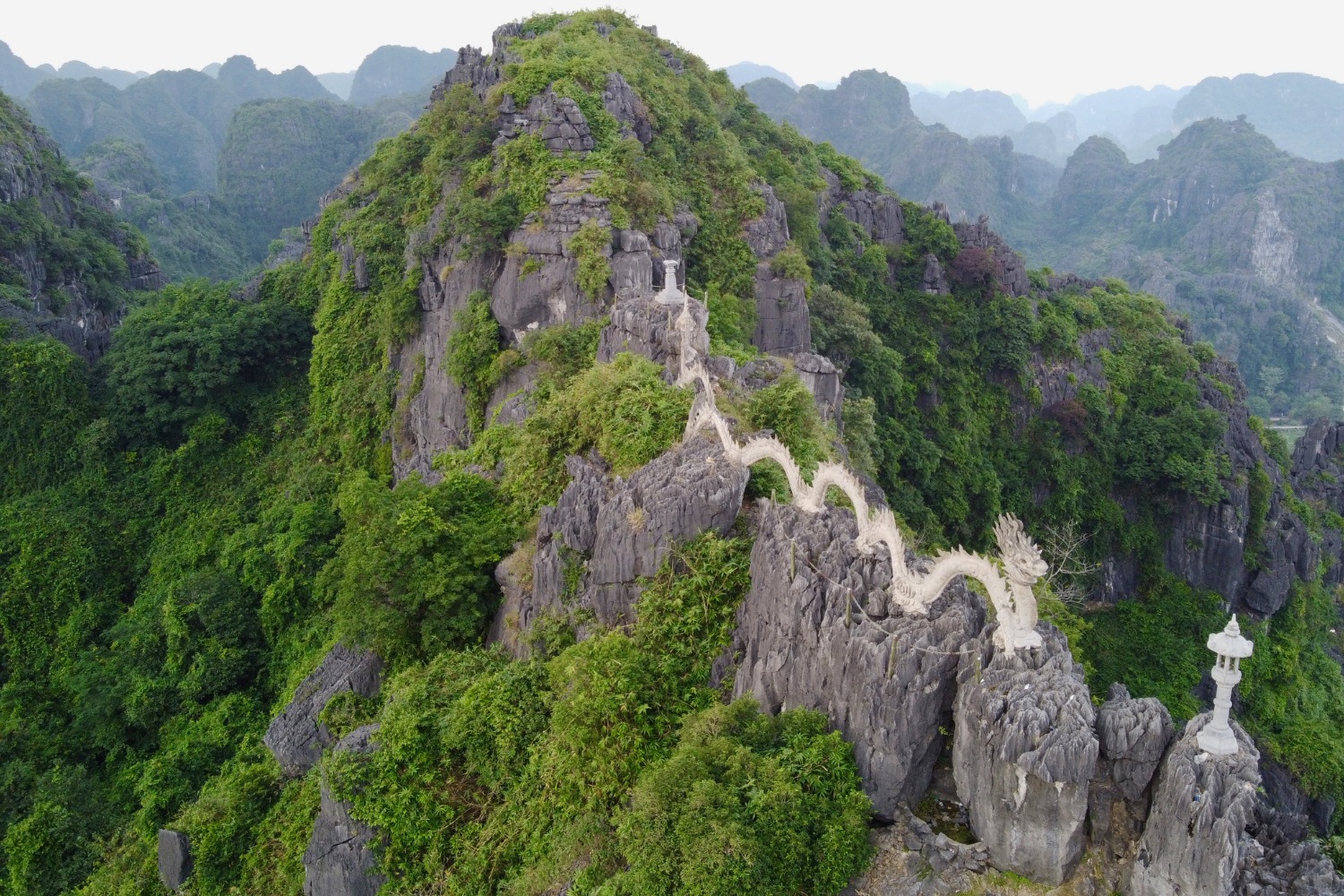
__637051765075307793.jpg)
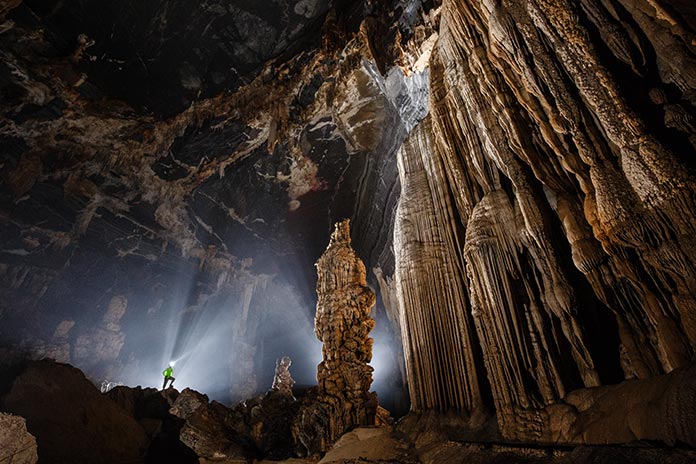
__637051782550081035.jpg)
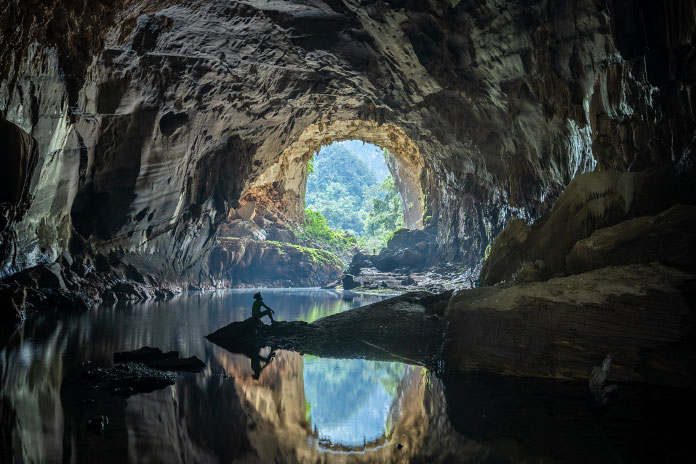
__637051777074859032.jpg)
__637051780703588520.jpg)
__637051781488596056.jpg)
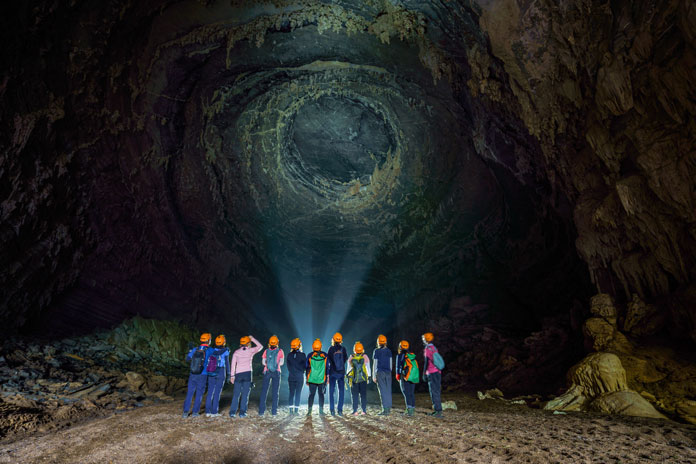
__637051767008903435.jpg)
__637051774329206026.jpg)
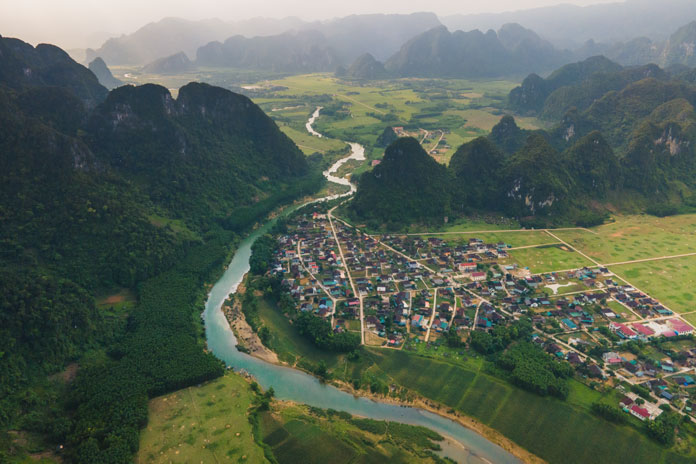
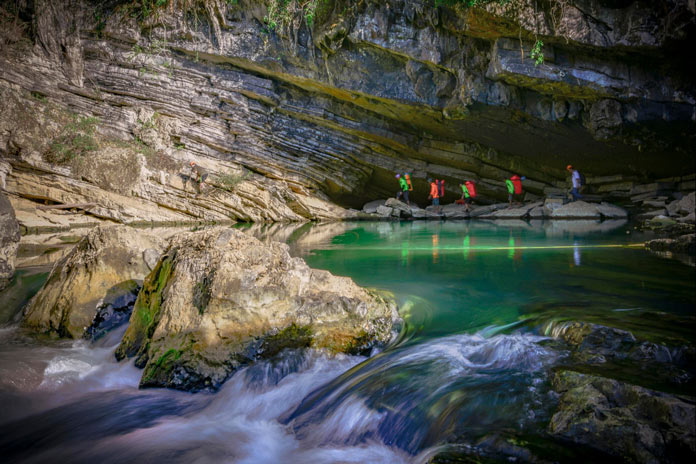
__637740499994967442.jpg)

